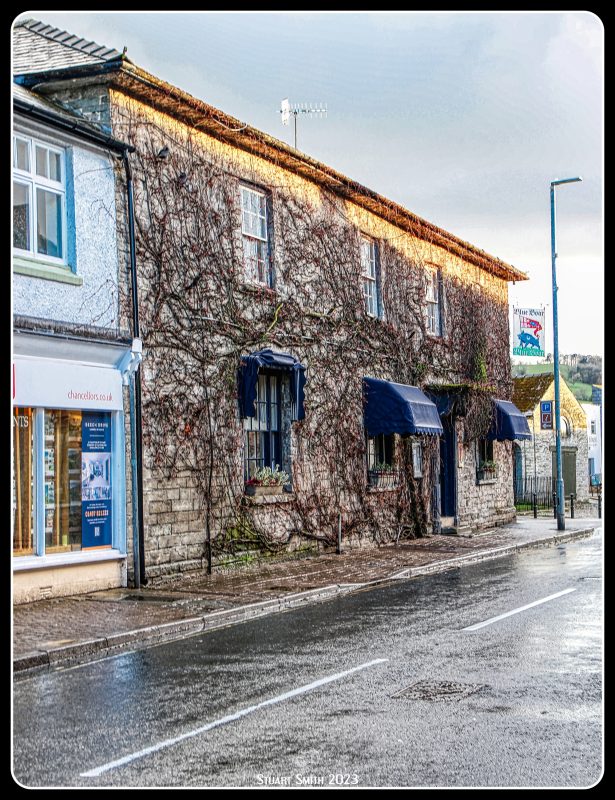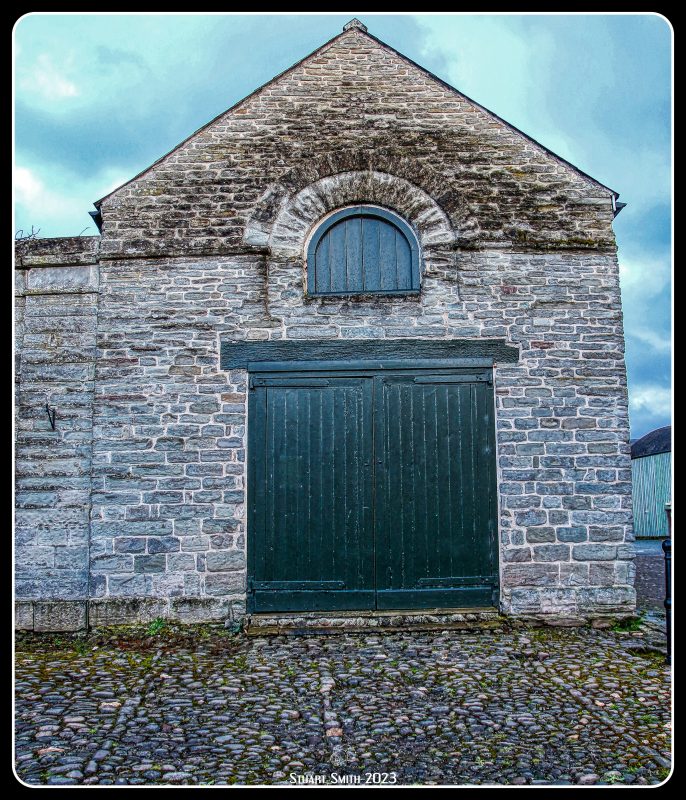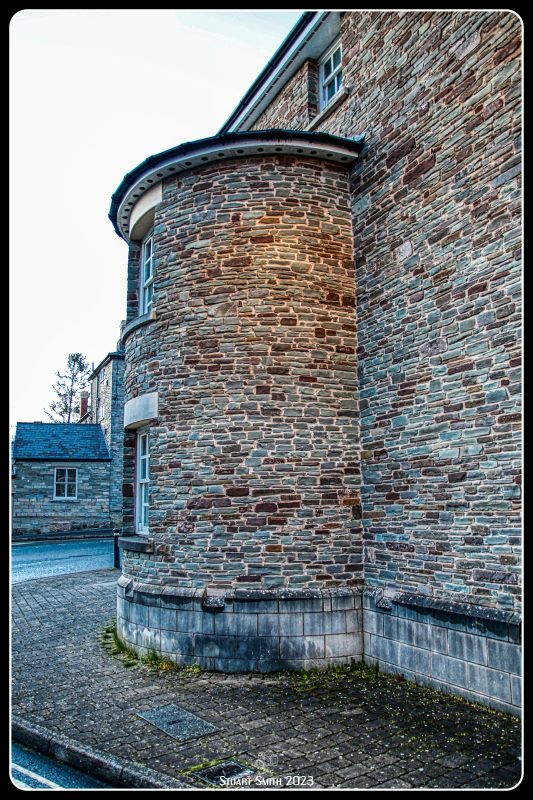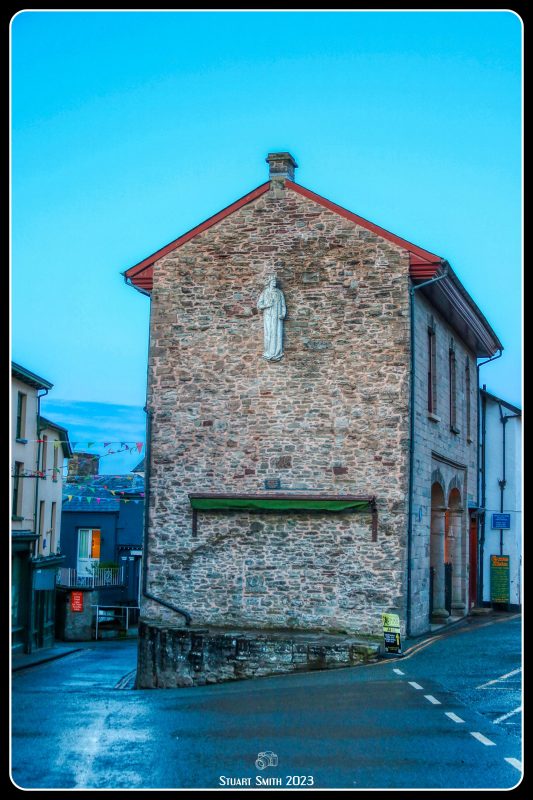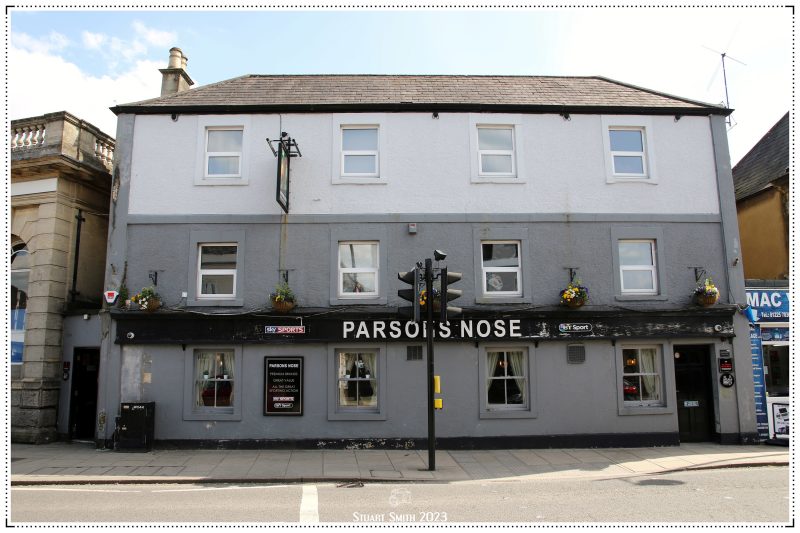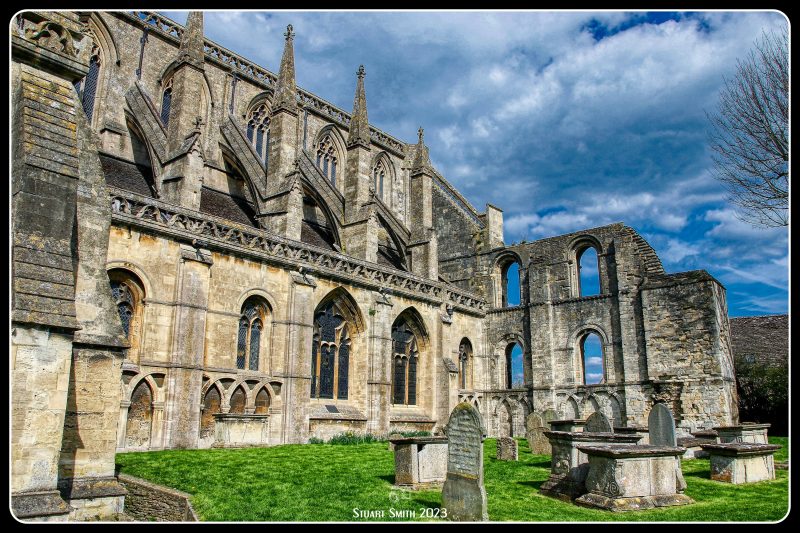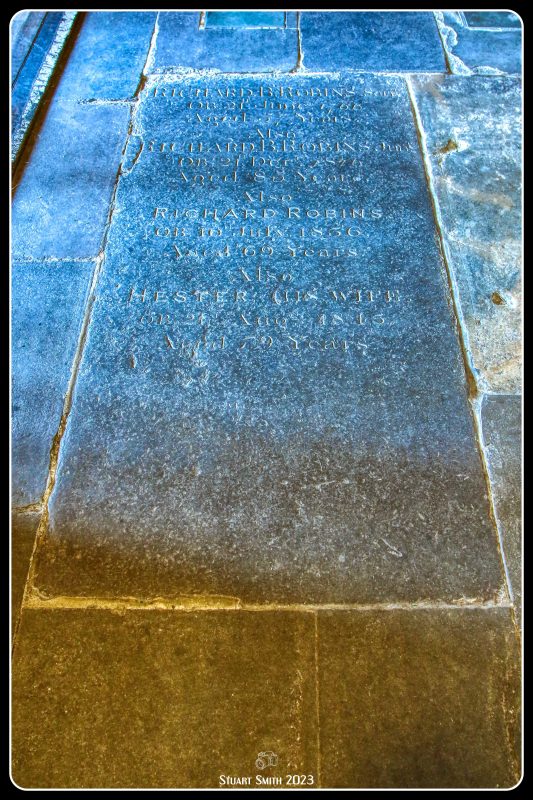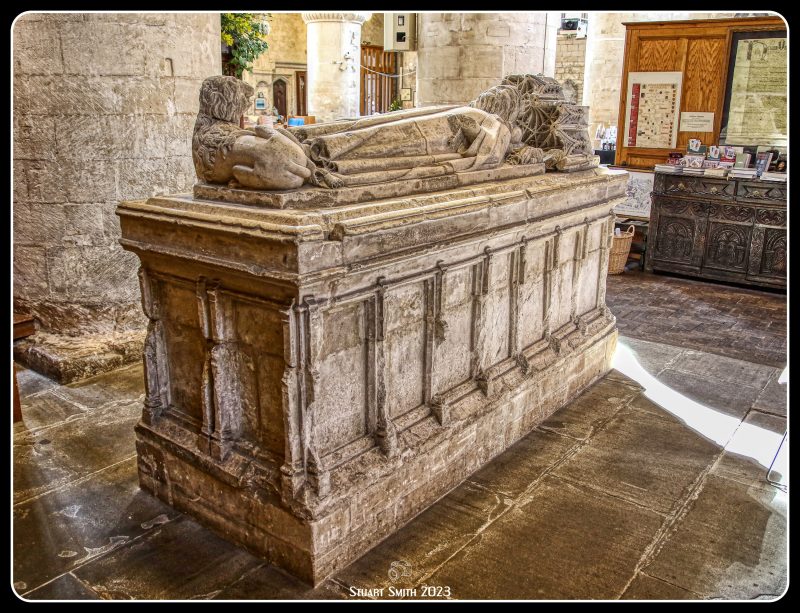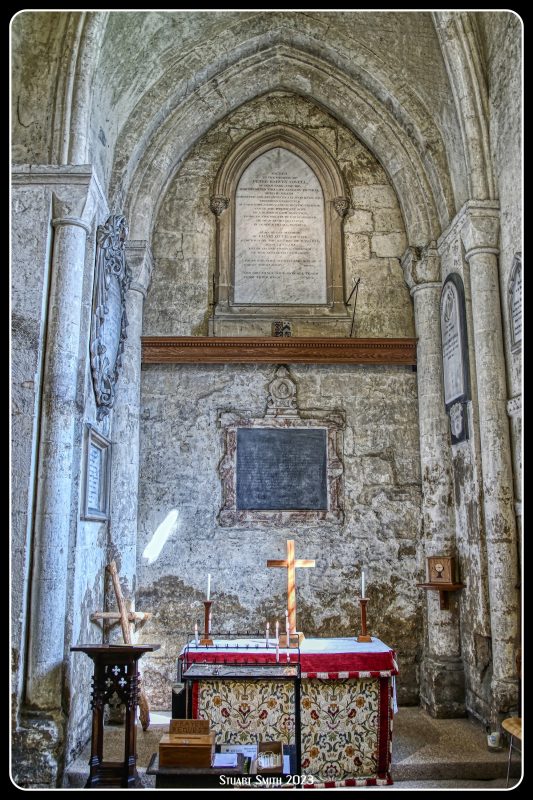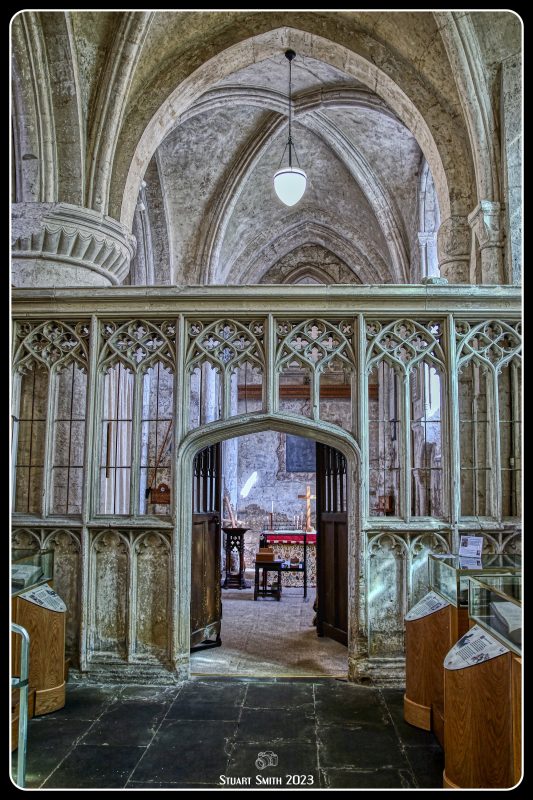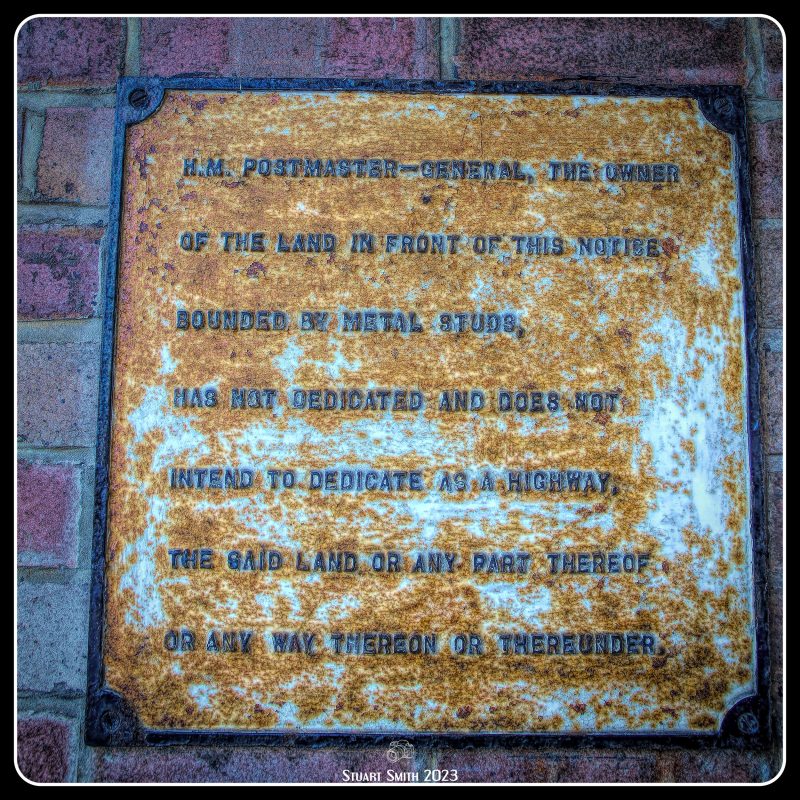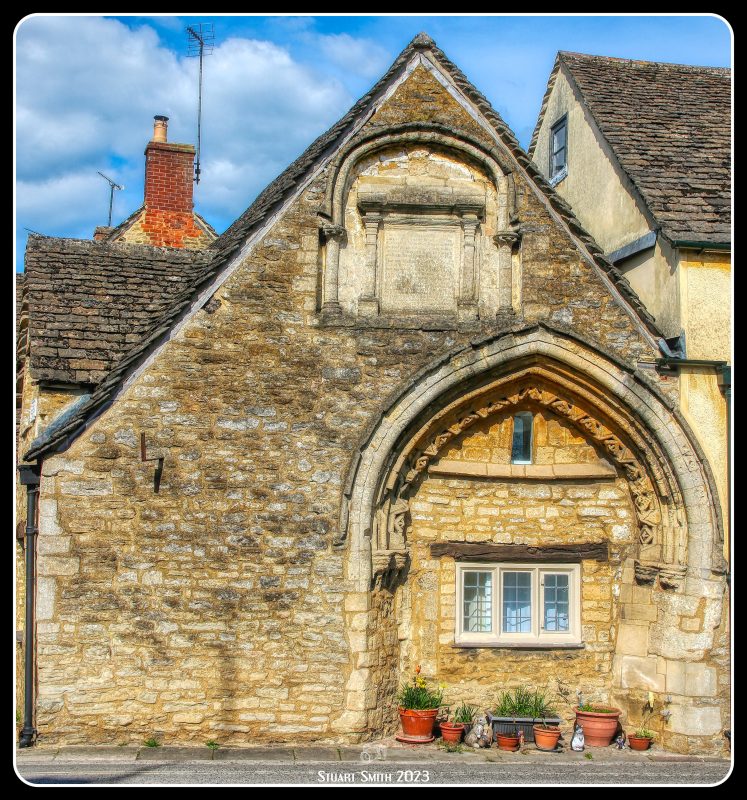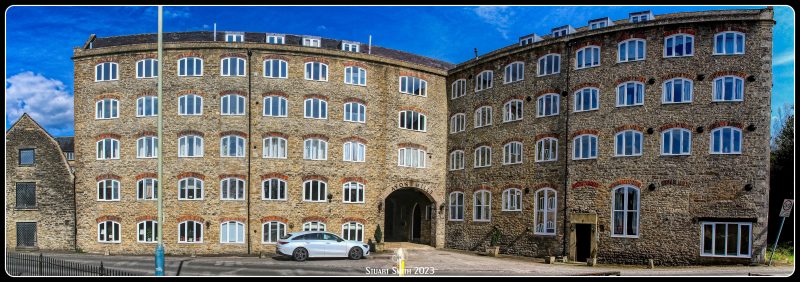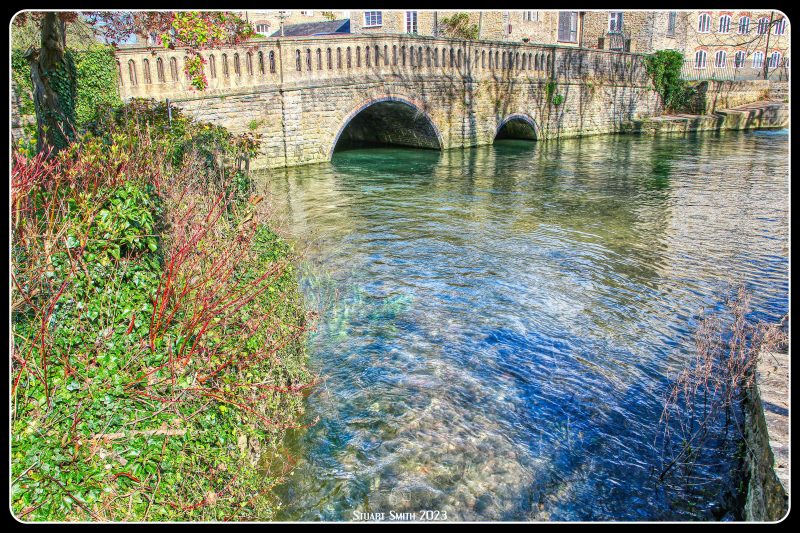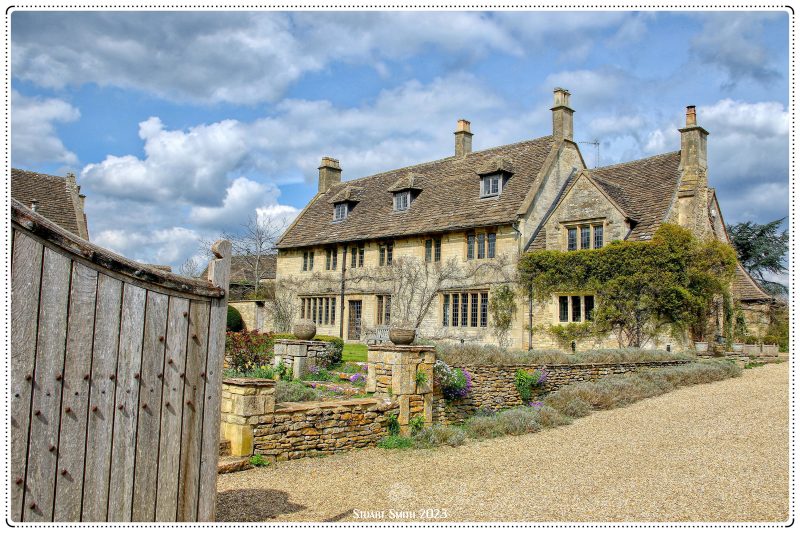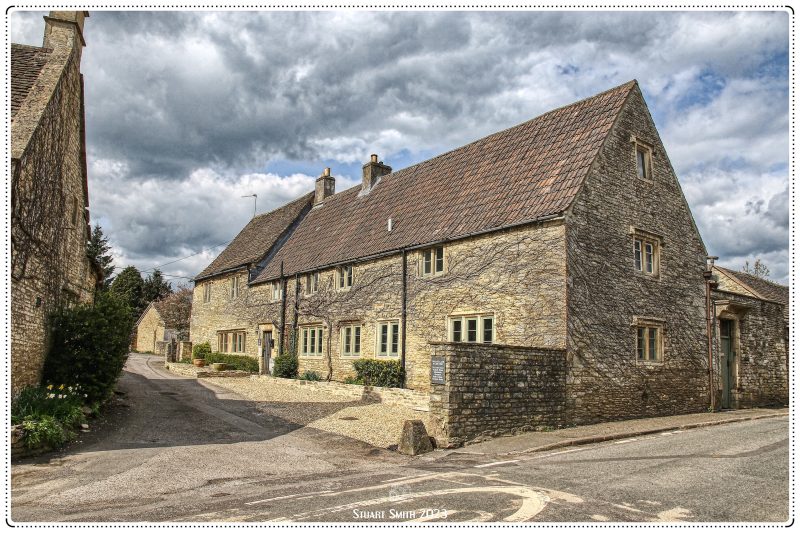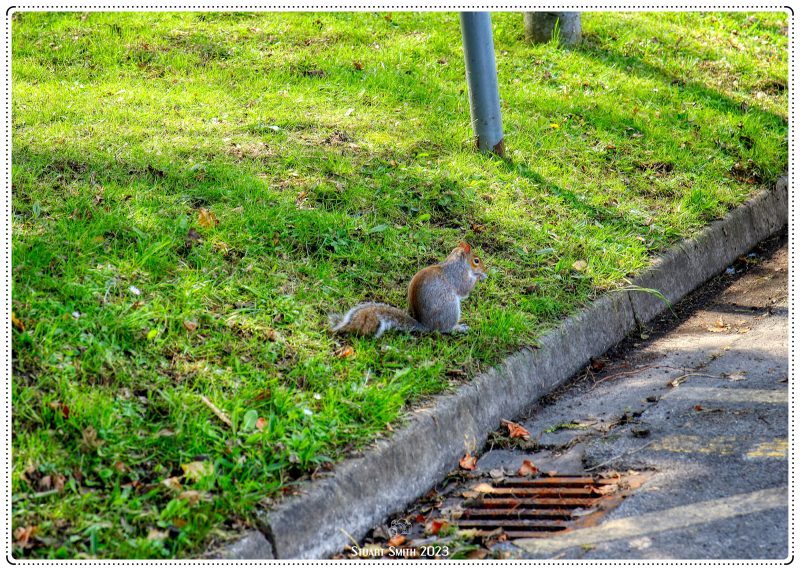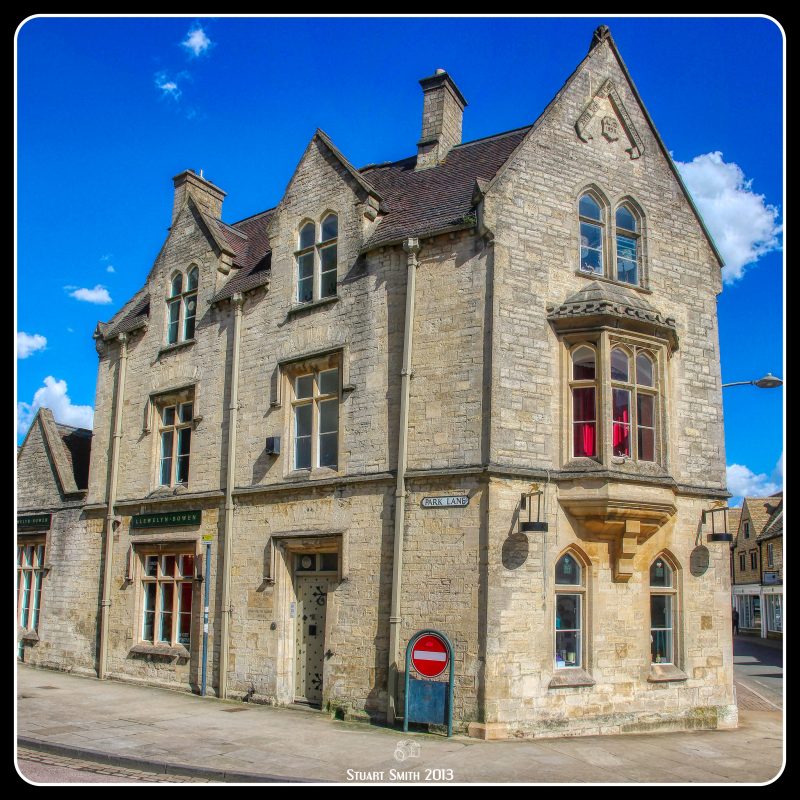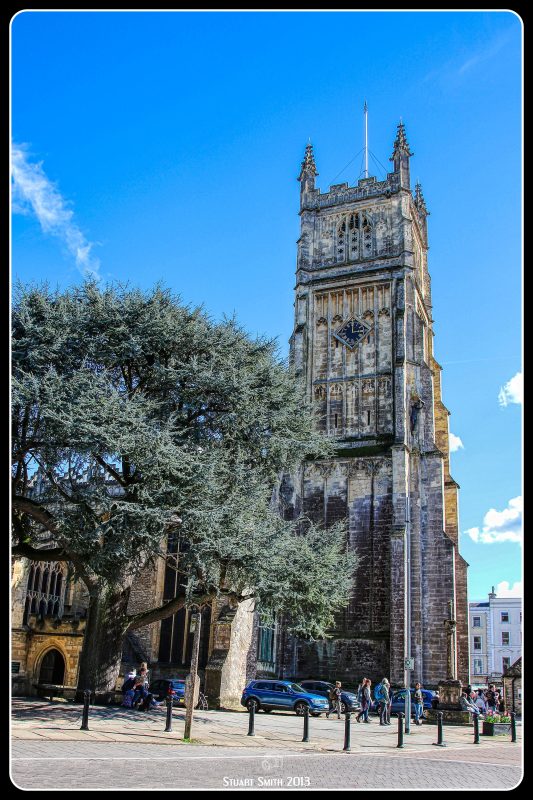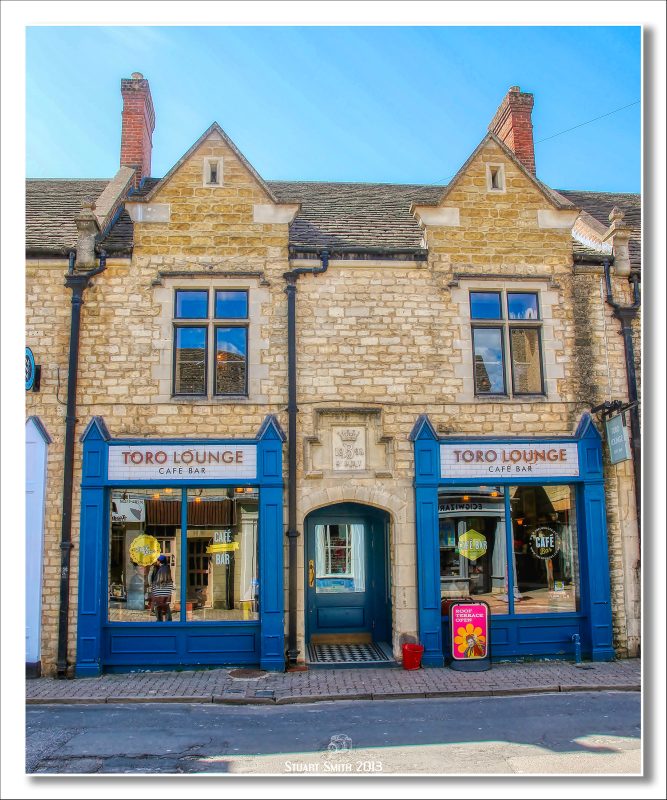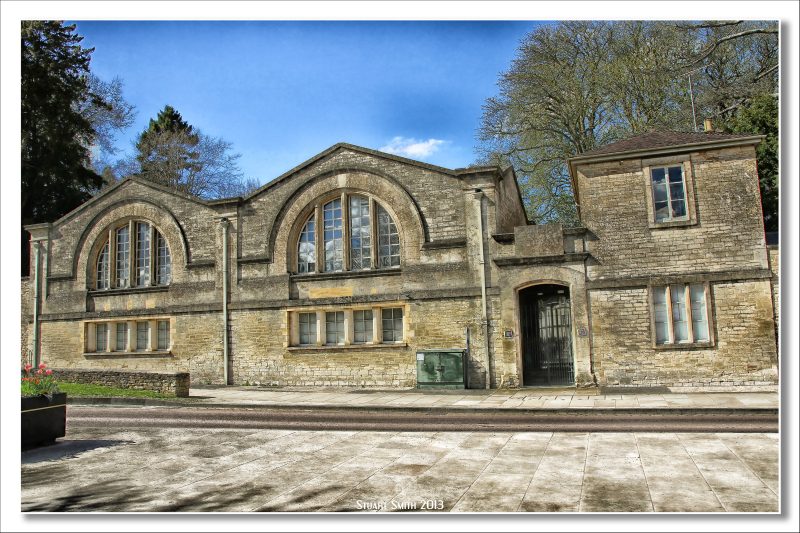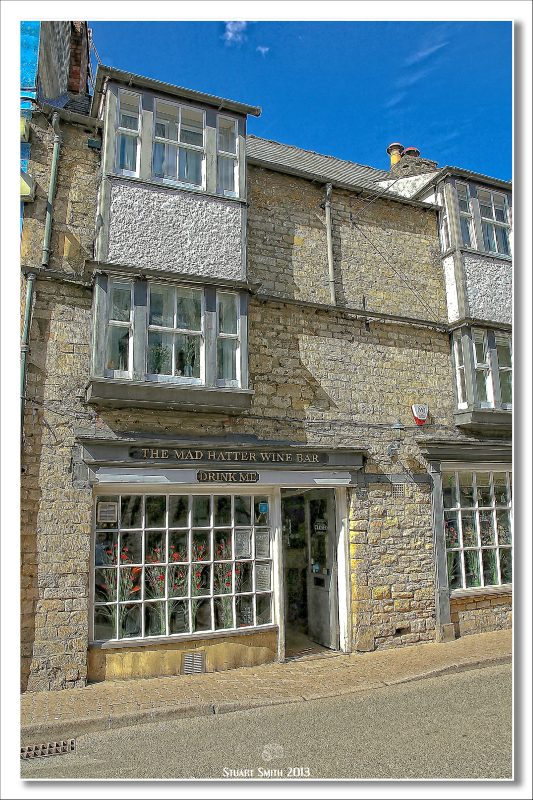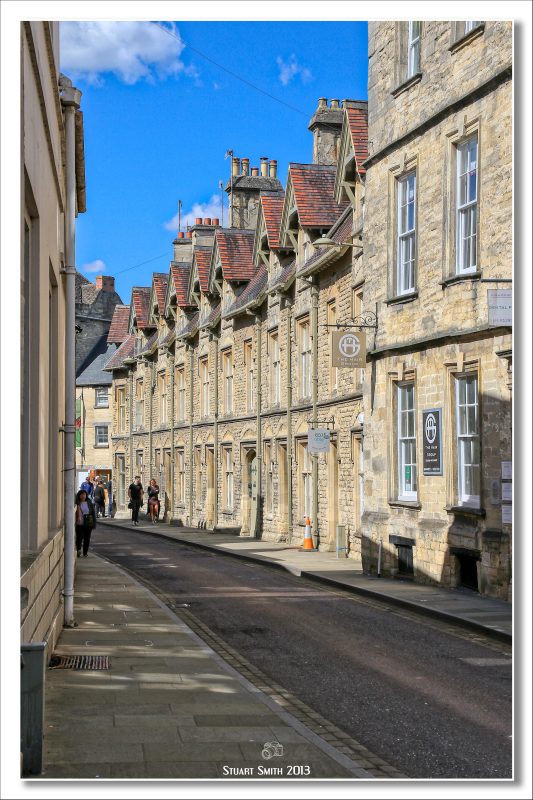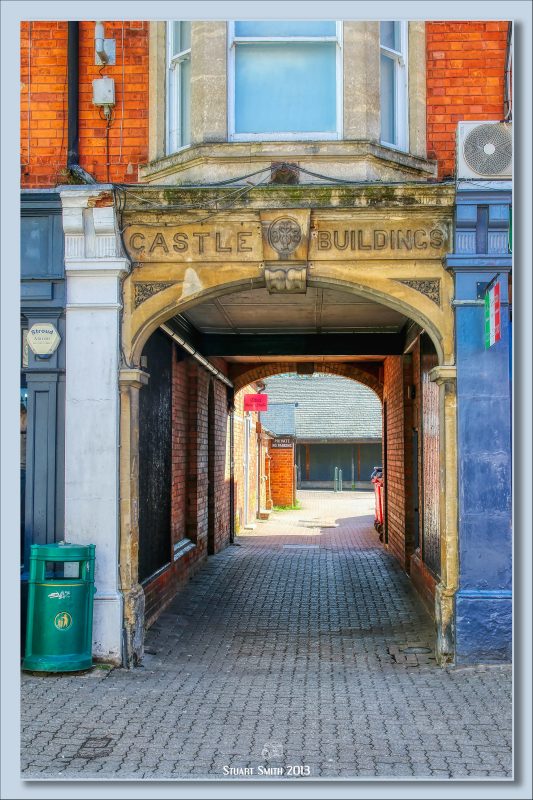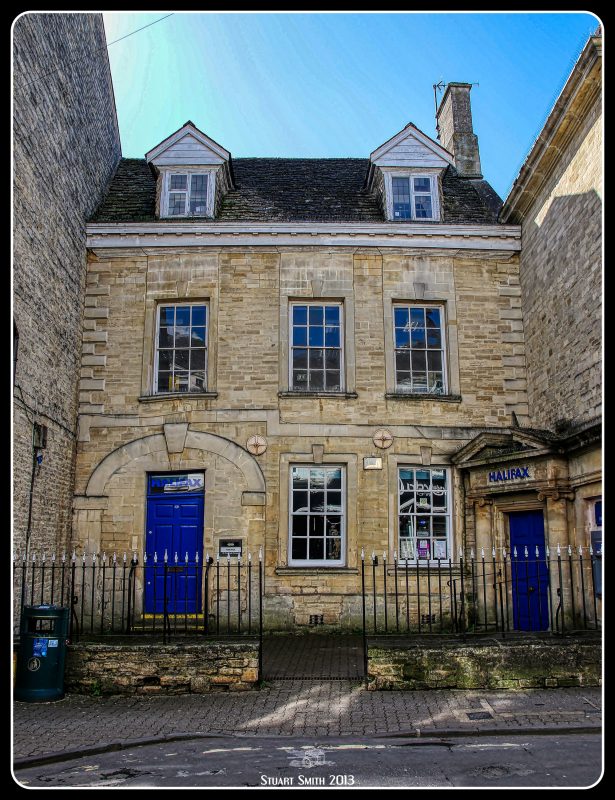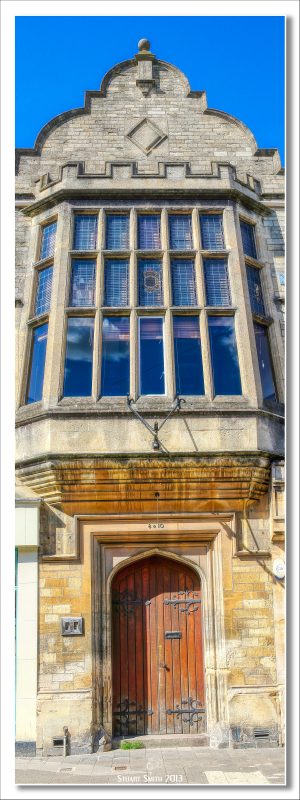Continuing in Liverpool and making use of the tourist buses.
 Window of Our Room, Premier Inn, Royal Albert Dock, Liverpool, Merseyside, England UK
Window of Our Room, Premier Inn, Royal Albert Dock, Liverpool, Merseyside, England UK
 The Fab 4 Store, Royal Albert Dock, Liverpool, Merseyside, England UK
The Fab 4 Store, Royal Albert Dock, Liverpool, Merseyside, England UK
 Old Bollard, Salthouse Dock, Gower Street, Liverpool, Merseyside, England UK
Old Bollard, Salthouse Dock, Gower Street, Liverpool, Merseyside, England UK
 Tour Buses, Salthouse Dock, Gower Street, Liverpool, Merseyside, England UK
Tour Buses, Salthouse Dock, Gower Street, Liverpool, Merseyside, England UK

 Salthouse Dock, Gower Street, Liverpool, Merseyside, England UK
Salthouse Dock, Gower Street, Liverpool, Merseyside, England UK
 Old Building, Jcn Paradise, Price, Liver Streets & Cleveland Square, Liverpool, Merseyside, England UK
Old Building, Jcn Paradise, Price, Liver Streets & Cleveland Square, Liverpool, Merseyside, England UK
 “Liverpool Resurgent”, 40 Ranelagh Street, Liverpool, Merseyside, England UK
“Liverpool Resurgent”, 40 Ranelagh Street, Liverpool, Merseyside, England UK
Liverpool Resurgent is an artwork by Jacob Epstein, mounted above the main entrance to the former Lewis’s department store building in Ranelagh Street, Liverpool. It comprises a large bronze statue and three relief panels.
The current Lewis’s Building was constructed for Lewis’s in 1947 to replace the building that had been destroyed by bombing in the Second World War.
The main 18 feet (5.5 m) high bronze statue stands on the portico above the entrance. It depicts a naked man standing on a plinth shaped like the prow of a ship projecting from the façade of the building, with left arm stretched out and right arm raised as if calling or signalling. It symbolises Liverpool’s resurgence following the war, but it is nicknamed locally as either “Nobby Lewis” or “Dickie Lewis”.
The work was unveiled on 20 November 1956 to celebrate the centenary of Lewis’s and the completion of its reconstruction works. The statue became known as a meeting place.

 Metropolitan Cathedral of Christ the King, Oxford Street, Liverpool, Merseyside, England UK
Metropolitan Cathedral of Christ the King, Oxford Street, Liverpool, Merseyside, England UK
Catholic Cathedral
 Anglican Cathedral, Cathedral Gate, St James Road, Liverpool, Merseyside, England UK
Anglican Cathedral, Cathedral Gate, St James Road, Liverpool, Merseyside, England UK
 Residences, Upper Parliament Street, Toxteth, Liverpool, Merseyside, England UK
Residences, Upper Parliament Street, Toxteth, Liverpool, Merseyside, England UK
 Princes Road Synagogue, Princes Road, Toxteth, Liverpool, Merseyside, England UK
Princes Road Synagogue, Princes Road, Toxteth, Liverpool, Merseyside, England UK
Princes Road Synagogue came into existence when the Jewish community in Liverpool in the late 1860s decided to build a new synagogue, reflecting the status and wealth of the community. The Toxteth area was rapidly expanding as Liverpool’s magnates built opulent mansions. The synagogue stands in a cluster of houses of worship designed to advertise the wealth and status of the local captains of industry, a group that was remarkably ethnically diverse by the standards of Victorian England; immediately adjacent to the synagogue on Princes Road are the Greek Orthodox Church of St Nicholas, the Church of England’s parish of St Margaret of Antioch, and the Welsh Presbyterian Church.
Construction on the synagogue was completed in 1874.
 Merseyside Deaf Centre and Social Club, Park Way, Toxteth, Liverpool, Merseyside, England UK
Merseyside Deaf Centre and Social Club, Park Way, Toxteth, Liverpool, Merseyside, England UK
Merseyside Centre for the Deaf, was initially built as a chapel for the Merseyside deaf community, this once grand gothic structure is in a terrible state.
 Street Sign, Penny Lane, Liverpool, Merseyside, England UK
Street Sign, Penny Lane, Liverpool, Merseyside, England UK
 Beatles Graffiti, Penny Lane, Mossley Hill, Liverpool, Merseyside, England UK
Beatles Graffiti, Penny Lane, Mossley Hill, Liverpool, Merseyside, England UK
 Penny Lane, Mossley Hill, Liverpool, Merseyside, England UK
Penny Lane, Mossley Hill, Liverpool, Merseyside, England UK
These images should require no description!
Penny Lane by The Beatles – Video Clip
 Spire Hospital, Penny Lane, Mossley Hill, Liverpool, Merseyside, England UK
Spire Hospital, Penny Lane, Mossley Hill, Liverpool, Merseyside, England UK
 Dovedale Towers, Penny Lane, Mossley Hill, Liverpool, Merseyside, England UK
Dovedale Towers, Penny Lane, Mossley Hill, Liverpool, Merseyside, England UK
See a Google Street View
John Lennon & Paul MacCartney played here as The Quarrymen in 1957. Freddie Mercury, (prior to Queen) lived upstairs for a while.
 The Penny Lane Wine Bar, Penny Lane, Mossley Hill, Liverpool, Merseyside, England UK
The Penny Lane Wine Bar, Penny Lane, Mossley Hill, Liverpool, Merseyside, England UK
 Church of St Barnabas, Cnr Penny Lane & Allerton Road, Mossley Hill, Liverpool, Merseyside, England UK
Church of St Barnabas, Cnr Penny Lane & Allerton Road, Mossley Hill, Liverpool, Merseyside, England UK
 The Penny Lane Hotel, Jcn Penny Lane & Smithdown Place, Mossley Hill, Liverpool, Merseyside, England UK
The Penny Lane Hotel, Jcn Penny Lane & Smithdown Place, Mossley Hill, Liverpool, Merseyside, England UK
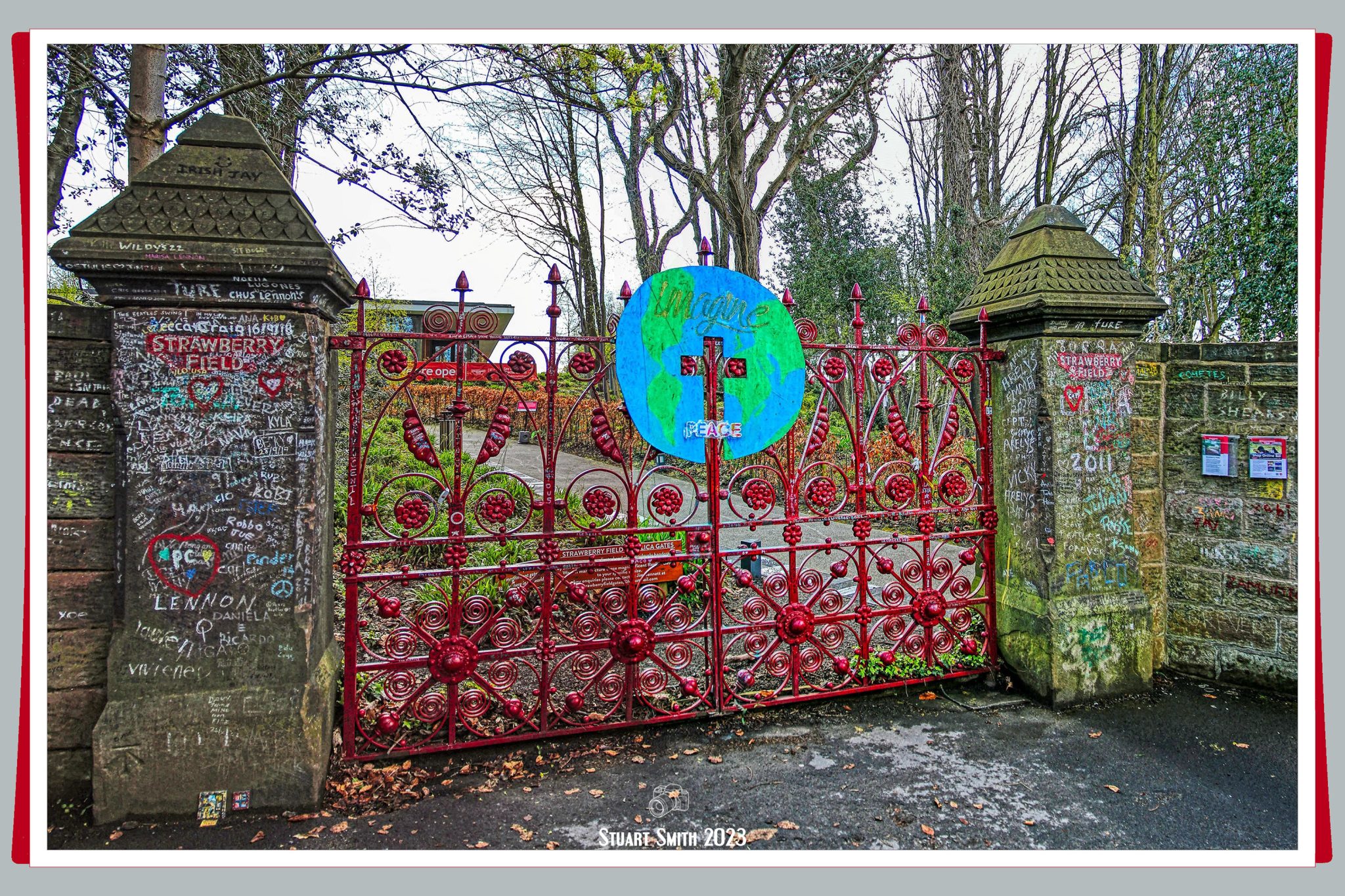 Gates, “Strawberry Field”, Beaconsfield Road, Woolton, Liverpool, Merseyside, England UK
Gates, “Strawberry Field”, Beaconsfield Road, Woolton, Liverpool, Merseyside, England UK
Strawberry Fields by The Beatles – Video Clip
 John Lennon’s Childhood Home, Menlove Avenue, Liverpool, Merseyside, England UK
John Lennon’s Childhood Home, Menlove Avenue, Liverpool, Merseyside, England UK
Image 1 – Image 2 – Image 3
 Forthlin Road, Allerton, Liverpool, Merseyside, England UK
Forthlin Road, Allerton, Liverpool, Merseyside, England UK
Image 1 – Image 2
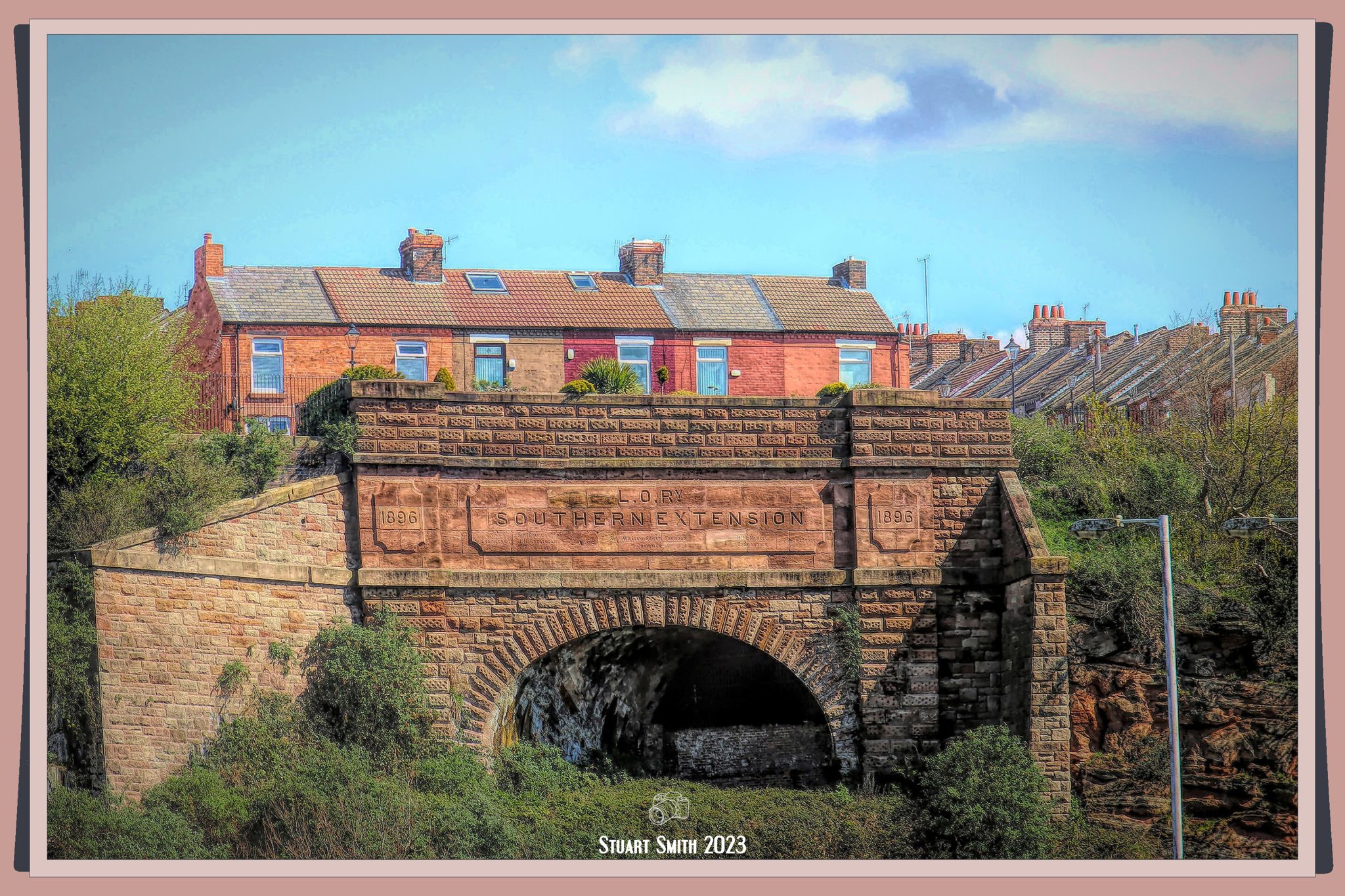 Dingle Tunnel, Grafton Street, Riverside, Liverpool, Merseyside, England UK
Dingle Tunnel, Grafton Street, Riverside, Liverpool, Merseyside, England UK
Opened 1896 closed 1956
Google Street View
 Canning Dock, Salthouse Quay, Liverpool, Merseyside, England UK
Canning Dock, Salthouse Quay, Liverpool, Merseyside, England UK
 Royal Liver Building, The Strand, Liverpool, Merseyside, England UK
Royal Liver Building, The Strand, Liverpool, Merseyside, England UK
 Royal Liver Building, Canada Boulevarde, Liverpool, Merseyside, England UK
Royal Liver Building, Canada Boulevarde, Liverpool, Merseyside, England UK
Opened in 1911, the building was the purpose-built home of the Royal Liver Assurance group, which had been set up in the city in 1850 to provide locals with assistance related to losing a wage-earning relative. One of the first buildings in the world to be built using reinforced concrete, the Royal Liver Building stands at 98.2 m (322 ft) tall to the top of the spires, 103.7 m (340 ft) to the top of the birds and 50.9 m (167 ft) to the main roof.
The Royal Liver Building is one of the most recognisable landmarks in the city of Liverpool with its two fabled Liver Birds, which watch over the city and the sea. Legend has it that if the two birds were to fly away, the city would cease to exist.
 George’s Dock Building, Brunswick Street, Liverpool, Merseyside, England UK
George’s Dock Building, Brunswick Street, Liverpool, Merseyside, England UK
Art Deco style Grade II Listed Building from the 1930s and is the most ambitious of the six buildings built to provide ventilation for the 2.1 mile long road tunnel under the River Mersey.
 Liverpool Parish Church (Our Lady and Saint Nicholas), Cnr George’s Dock Gates & Chapel Street, Liverpool, Merseyside, England UK
Liverpool Parish Church (Our Lady and Saint Nicholas), Cnr George’s Dock Gates & Chapel Street, Liverpool, Merseyside, England UK
Dates from 1811 but a known place of worship back to 1250.
Over the years, as new churches were built, the “Old Church” continued to serve a congregation. Members repeatedly warned officials that the spire was unsafe. On Sunday 11 February 1810, as the bells rang and people were gathering for the morning service, the spire crashed into the nave below, killing 25 people. Twenty-one were under 15 years old, and most were girls from Moorfields Charity School. The original ring of six bells, dating from 1636 to 1724, was destroyed in the disaster.
During World War II, the bells were removed for safety, but they were never rehung. Following a German air raid on 21 December 1940, the main body of the church was destroyed by fire, leaving only the parish rooms, vestries and the 19th century tower. Rebuilding did not begin until March 1949, and the completed church, dedicated to ‘Our Lady and St Nicholas’, was consecrated on 18 October 1952
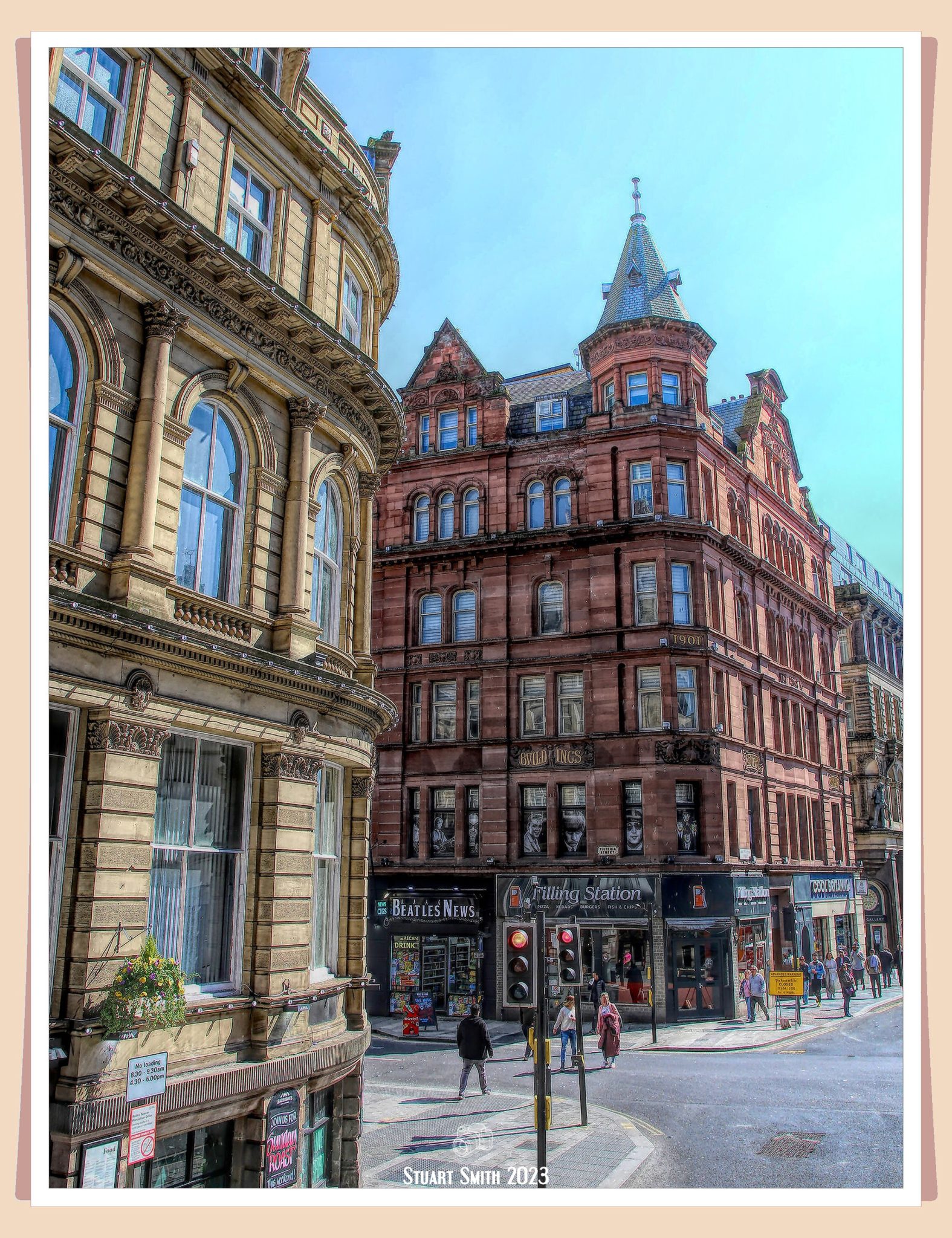 Century Buildings, Cnr North John & Cook Streets, Liverpool, Merseyside, England UK
Century Buildings, Cnr North John & Cook Streets, Liverpool, Merseyside, England UK
 Queen Victoria Monument, Derby Square, Lord Street, Liverpool, Merseyside, England UK
Queen Victoria Monument, Derby Square, Lord Street, Liverpool, Merseyside, England UK
The foundation stone was laid on 11 October 1902 by Field Marshal Lord Roberts, Commander-in-Chief of the Forces. The monument was unveiled on 27 September 1906. It is a Grade II Listed structure,
 Temple Court, Liverpool, Merseyside, England UK
Temple Court, Liverpool, Merseyside, England UK
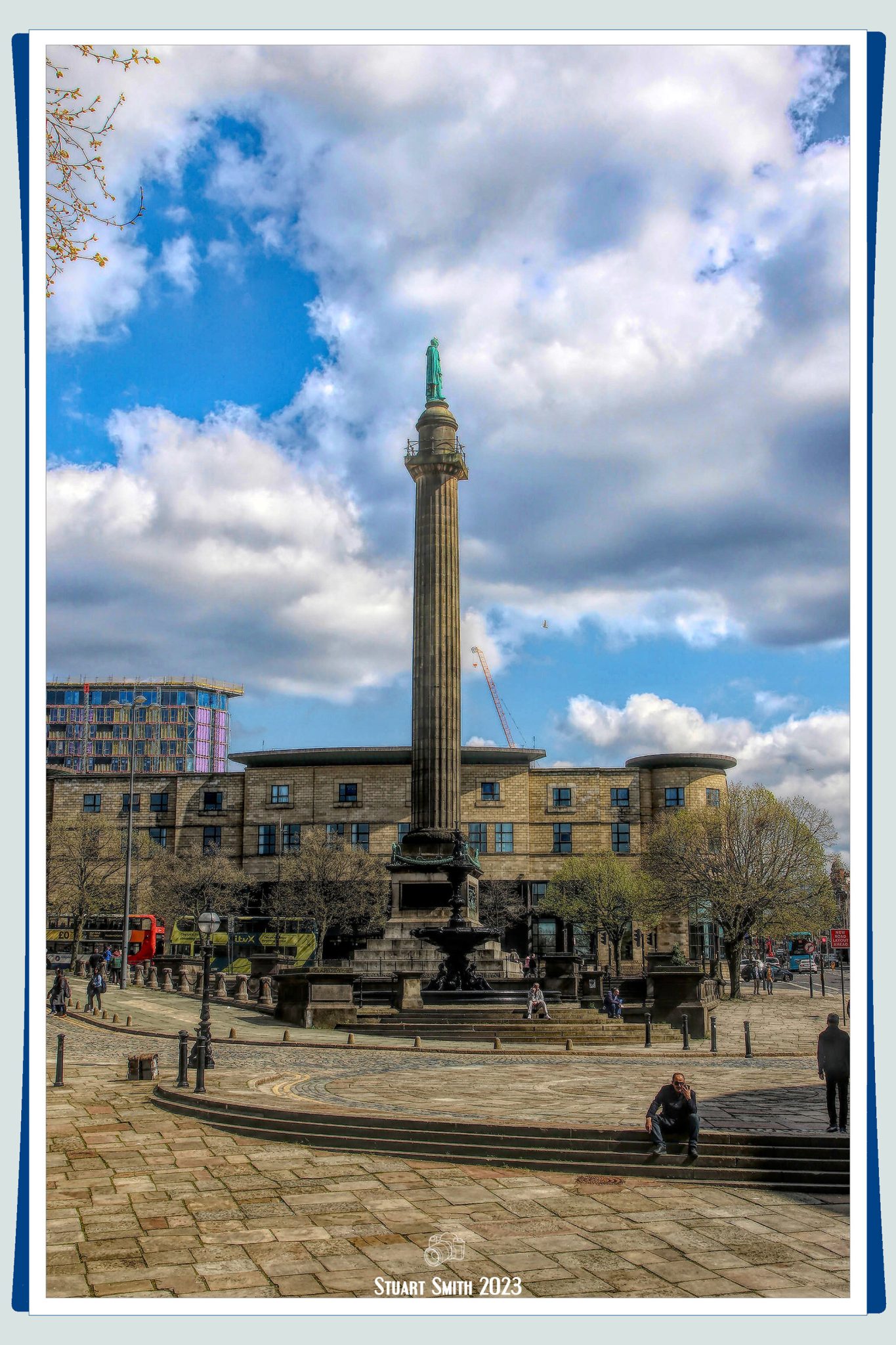 Wellington’s Column, William Brown Street, Liverpool, Merseyside, England UK
Wellington’s Column, William Brown Street, Liverpool, Merseyside, England UK
The foundation stone was laid on 1 May 1861 by the Mayor of Liverpool. There were further delays during construction of the monument due to subsidence. Although it was inaugurated on 16 May 1863 in a ceremony attended by the Mayor and Sir William Brown, it was still not complete. Reliefs depicting Wellington’s victories and the charge at the Battle of Waterloo were still to be added and it was finally completed towards the end of 1865. These delays resulted in its being “a very late example of a column-monument for Britain”
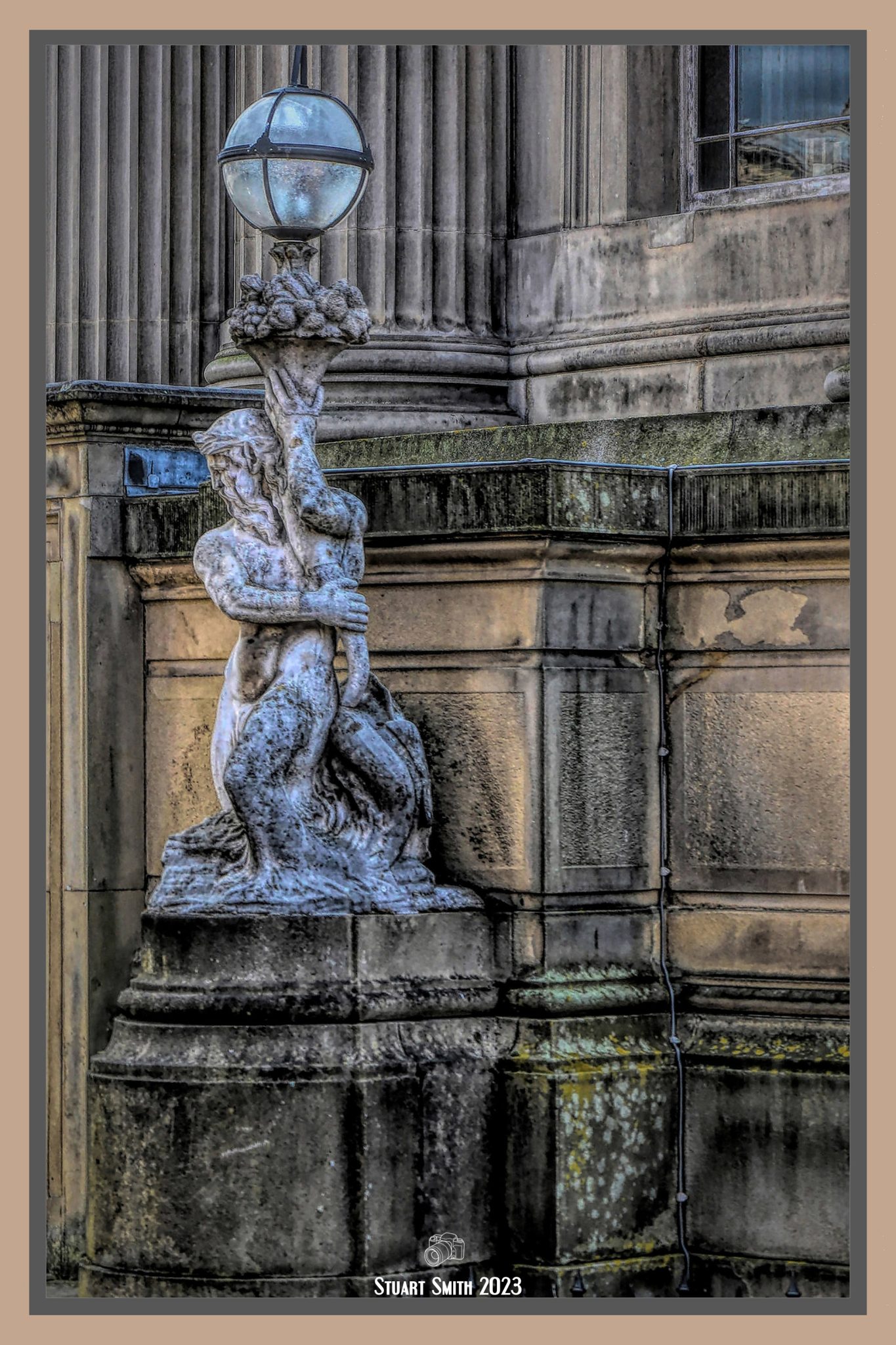 Ornate Lamp, St George’s Hall, William Brown Street, Liverpool, Merseyside, England UK
Ornate Lamp, St George’s Hall, William Brown Street, Liverpool, Merseyside, England UK
 Doorway, Victoria Gallery & Museum, Brownlow Hill, Liverpool, Merseyside, England UK
Doorway, Victoria Gallery & Museum, Brownlow Hill, Liverpool, Merseyside, England UK
 The Bombed Out Church, St Luke’s, Leece Street, Liverpool, Merseyside, England UK
The Bombed Out Church, St Luke’s, Leece Street, Liverpool, Merseyside, England UK
Bombed during the Liverpool Blitz of 1941 it has never been rebuilt and stands today as a memorial to those who died in the war.
 Red Door (Cocktail Bar), Berry Street, Liverpool, Merseyside, England UK
Red Door (Cocktail Bar), Berry Street, Liverpool, Merseyside, England UK
 The Wedding House, Great George Street, Toxteth, Liverpool, Merseyside, England UK
The Wedding House, Great George Street, Toxteth, Liverpool, Merseyside, England UK
 Wall Mural, The Wedding House, Great George Street, Toxteth, Liverpool, Merseyside, England UK
Wall Mural, The Wedding House, Great George Street, Toxteth, Liverpool, Merseyside, England UK
 Royal Albert Dock, Liverpool, Merseyside, England UK
Royal Albert Dock, Liverpool, Merseyside, England UK
 Night View, Britannia Vaults, Royal Albert Dock, Liverpool, Merseyside, England UK
Night View, Britannia Vaults, Royal Albert Dock, Liverpool, Merseyside, England UK
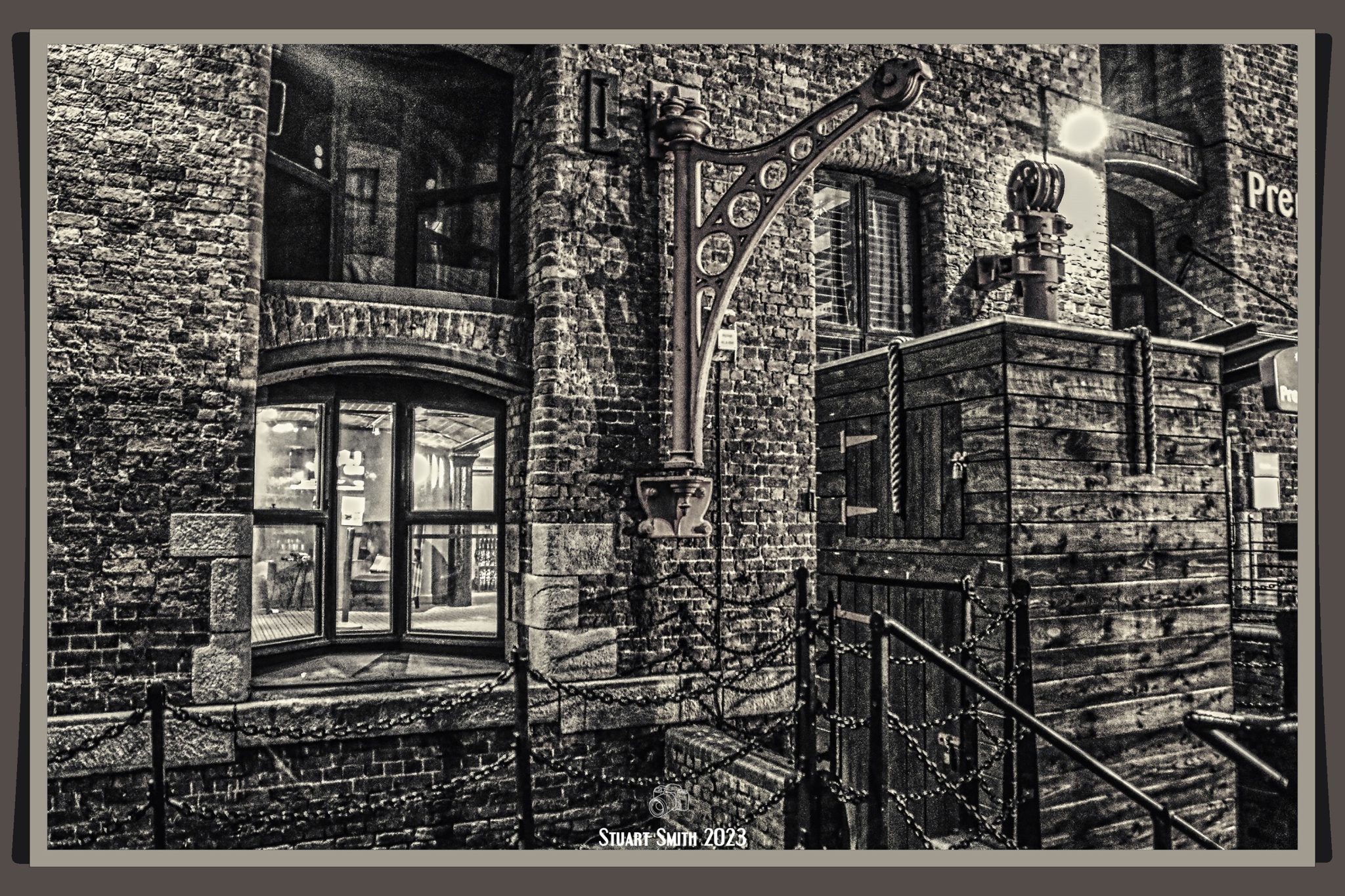 Outside Premier Inn, Royal Albert Dock, Liverpool, Merseyside, England UK
Outside Premier Inn, Royal Albert Dock, Liverpool, Merseyside, England UK
 Historical Information Plate, Britannia Pavillion, Royal Albert Dock, Liverpool, Merseyside, England UK
Historical Information Plate, Britannia Pavillion, Royal Albert Dock, Liverpool, Merseyside, England UK

 Albert-Salthouse Bridge, Salthouse Quay, Royal Albert Dock, Liverpool, Merseyside, England UK
Albert-Salthouse Bridge, Salthouse Quay, Royal Albert Dock, Liverpool, Merseyside, England UK Big Red Things, Atlantic Pavilion, Salthouse Quay, Royal Albert Dock, Liverpool, Merseyside, England UK
Big Red Things, Atlantic Pavilion, Salthouse Quay, Royal Albert Dock, Liverpool, Merseyside, England UK Exhibition Hall. Merseyside Maritime Museum, Royal Albert Dock, Liverpool, Merseyside, England UK
Exhibition Hall. Merseyside Maritime Museum, Royal Albert Dock, Liverpool, Merseyside, England UK Fire Escape, International Slavery Museum, Royal Albert Dock, Hartley’s Quay, Liverpool, Merseyside, England UK
Fire Escape, International Slavery Museum, Royal Albert Dock, Hartley’s Quay, Liverpool, Merseyside, England UK Gower Street Facade, Britannia Pavilion, Royal Albert Dock, Liverpool, Merseyside, England UK
Gower Street Facade, Britannia Pavilion, Royal Albert Dock, Liverpool, Merseyside, England UK Historical Marker Plate (Jesse Hartley), Britannia Pavilion, Royal Albert Dock, Liverpool, Merseyside, England UK
Historical Marker Plate (Jesse Hartley), Britannia Pavilion, Royal Albert Dock, Liverpool, Merseyside, England UK Madre Mexican Restaurant, Anchor Courtyard, Royal Albert Dock, Liverpool, Merseyside, England UK
Madre Mexican Restaurant, Anchor Courtyard, Royal Albert Dock, Liverpool, Merseyside, England UK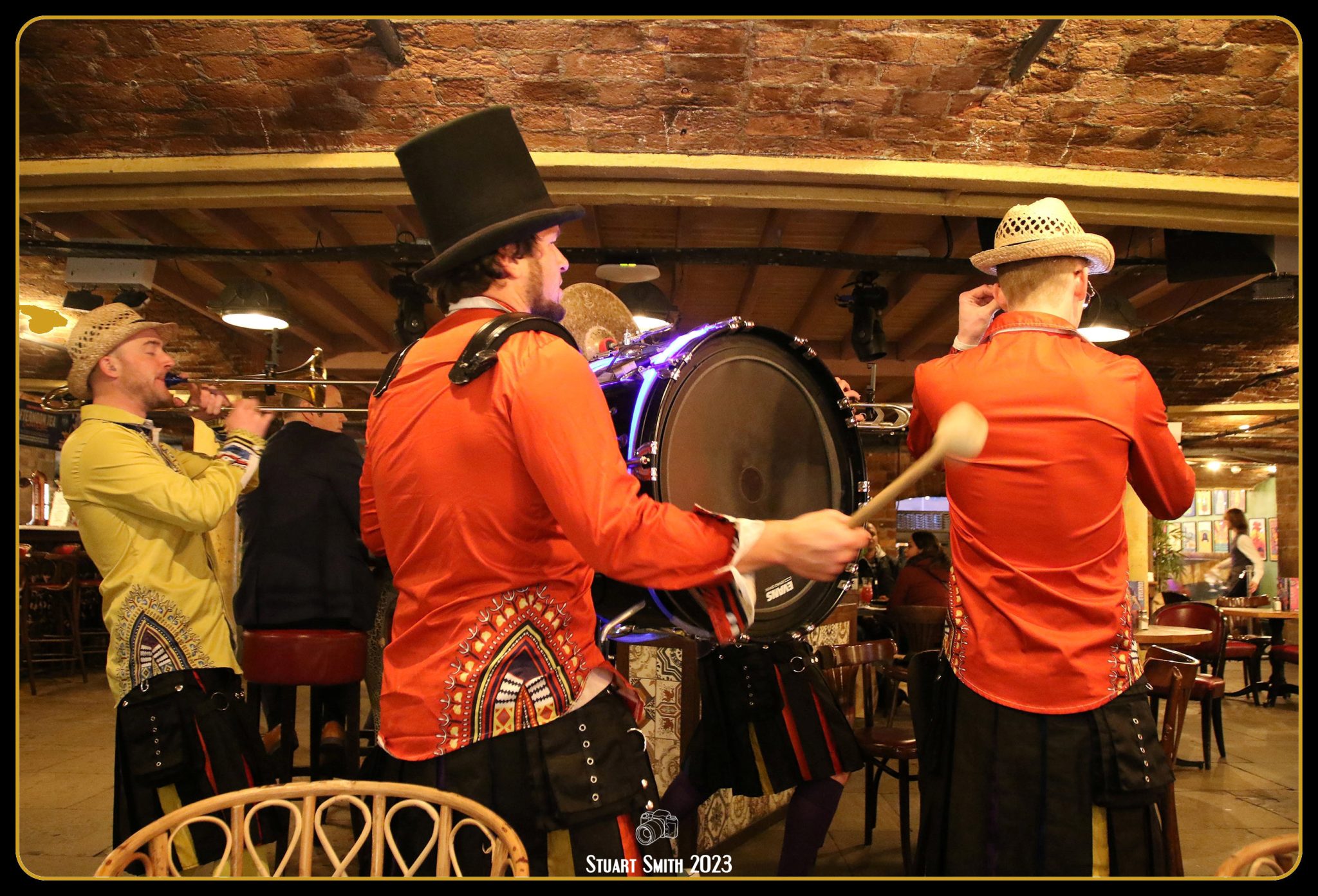 Musicians, Revolution Bar & Restaurant, Atlantic Pavilion, Salthouse Quay, Royal Albert Dock, Liverpool, Merseyside, England UK
Musicians, Revolution Bar & Restaurant, Atlantic Pavilion, Salthouse Quay, Royal Albert Dock, Liverpool, Merseyside, England UK Newspaper Exhibit, Merseyside Maritime Museum, Royal Albert Dock, Liverpool, Merseyside, England UK
Newspaper Exhibit, Merseyside Maritime Museum, Royal Albert Dock, Liverpool, Merseyside, England UK Night at Royal Albert Dock, Liverpool, Merseyside, England UK
Night at Royal Albert Dock, Liverpool, Merseyside, England UK Planter Barrel, Smuggler’s Cove, Britannia Pavilion, Royal Albert Dock, Liverpool, Merseyside, England UK
Planter Barrel, Smuggler’s Cove, Britannia Pavilion, Royal Albert Dock, Liverpool, Merseyside, England UK Rat on a Rope, Merseyside Maritime Museum, Royal Albert Dock, Liverpool, Merseyside, England UK
Rat on a Rope, Merseyside Maritime Museum, Royal Albert Dock, Liverpool, Merseyside, England UK Royal Albert Dock at Night, Liverpool, Merseyside, England UK
Royal Albert Dock at Night, Liverpool, Merseyside, England UK Ship’s Bell, Britannic III, Merseyside Maritime Museum, Royal Albert Dock, Liverpool, Merseyside, England UK
Ship’s Bell, Britannic III, Merseyside Maritime Museum, Royal Albert Dock, Liverpool, Merseyside, England UK The Long Shot, Britannia Pavilion, Royal Albert Dock, Liverpool, Merseyside, England UK
The Long Shot, Britannia Pavilion, Royal Albert Dock, Liverpool, Merseyside, England UK The Wheel of Liverpoool, Keel Wharf, Liverpool, Merseyside, England UK
The Wheel of Liverpoool, Keel Wharf, Liverpool, Merseyside, England UK Turncoat Bar & Distillery, Edward Pavilion, Royal Albert Dock, Liverpool, Merseyside, England UK
Turncoat Bar & Distillery, Edward Pavilion, Royal Albert Dock, Liverpool, Merseyside, England UK Window View, Merseyside Maritime Museum, Royal Albert Dock, Liverpool, Merseyside, England UK
Window View, Merseyside Maritime Museum, Royal Albert Dock, Liverpool, Merseyside, England UK













































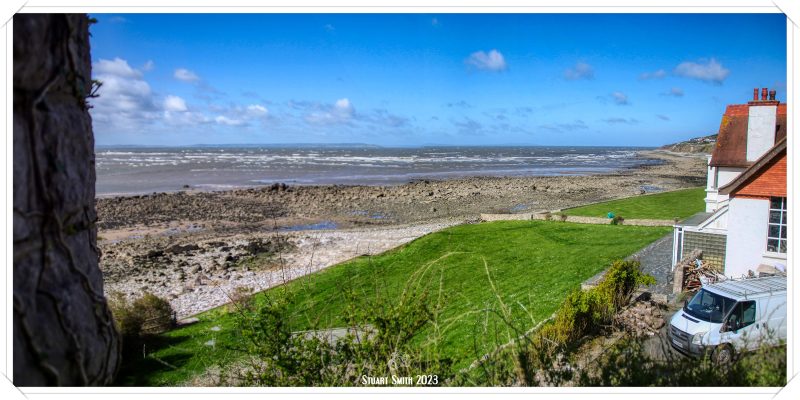









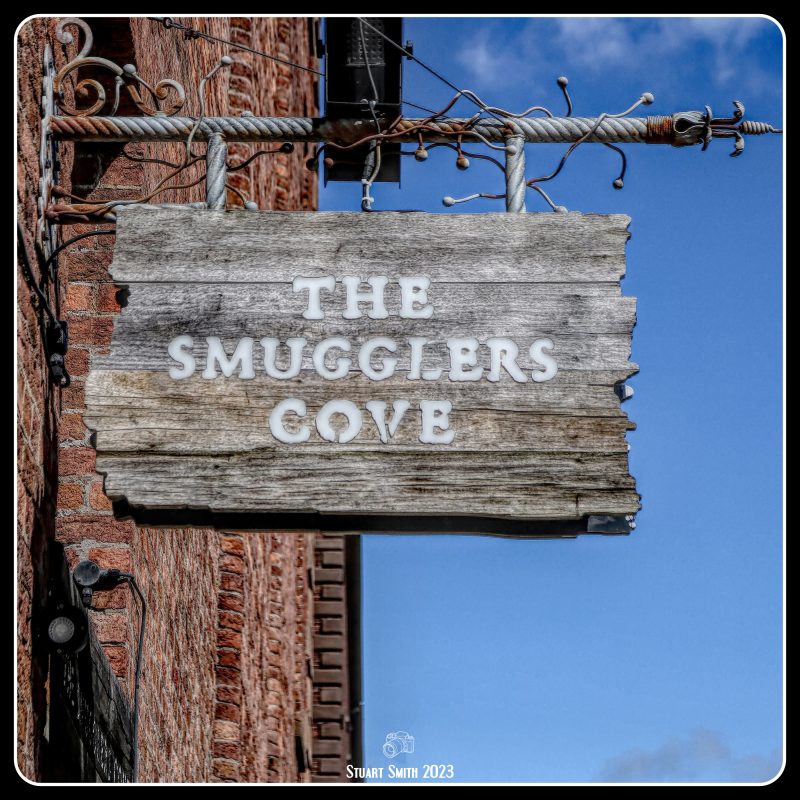





























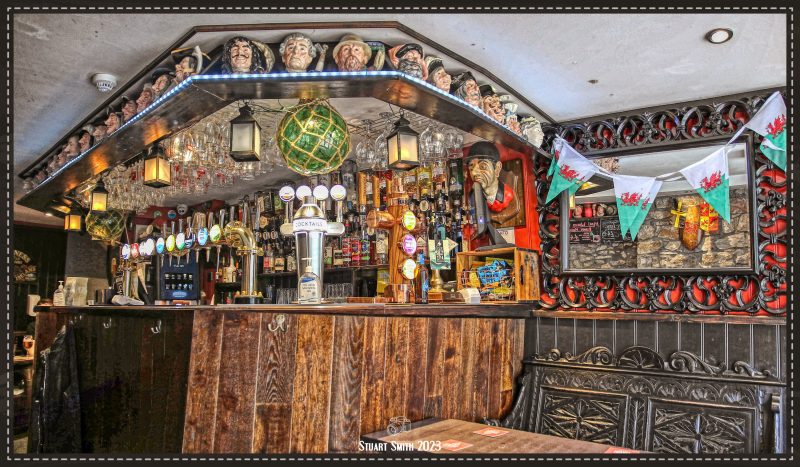




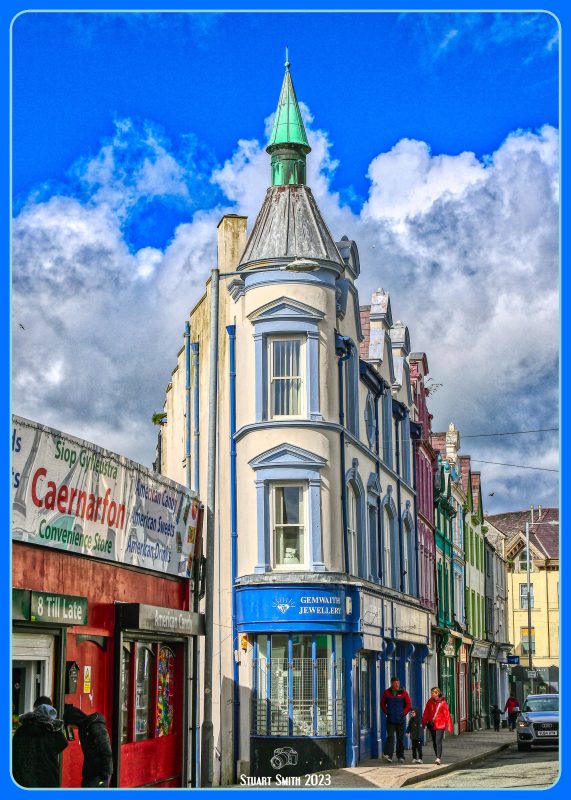





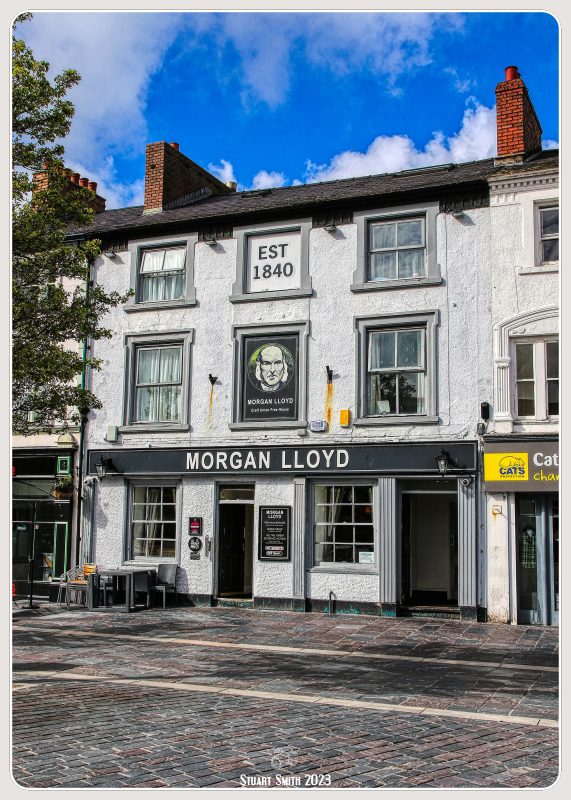









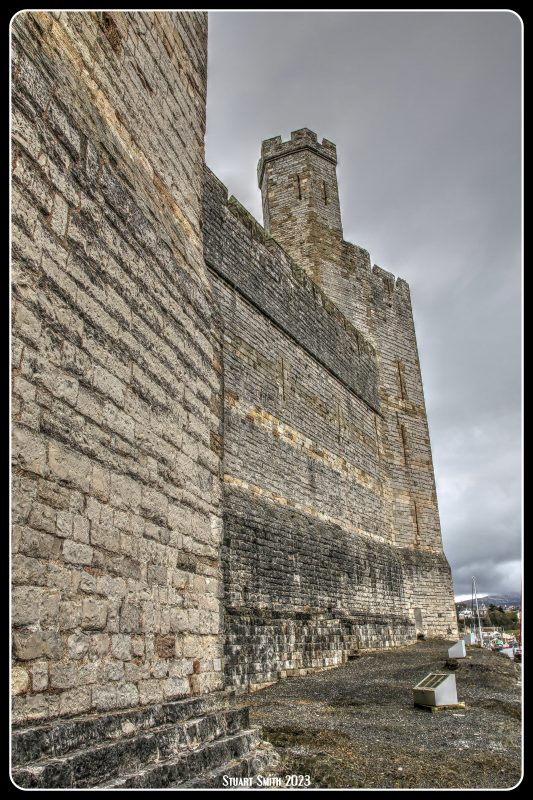

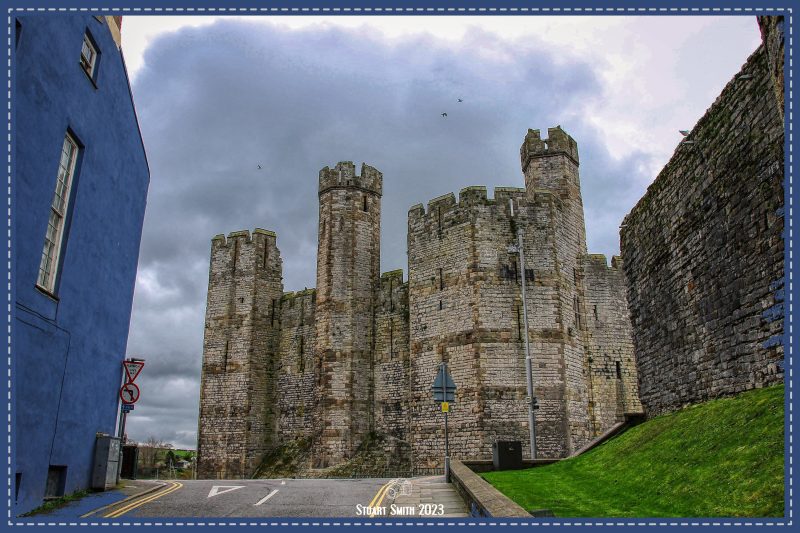




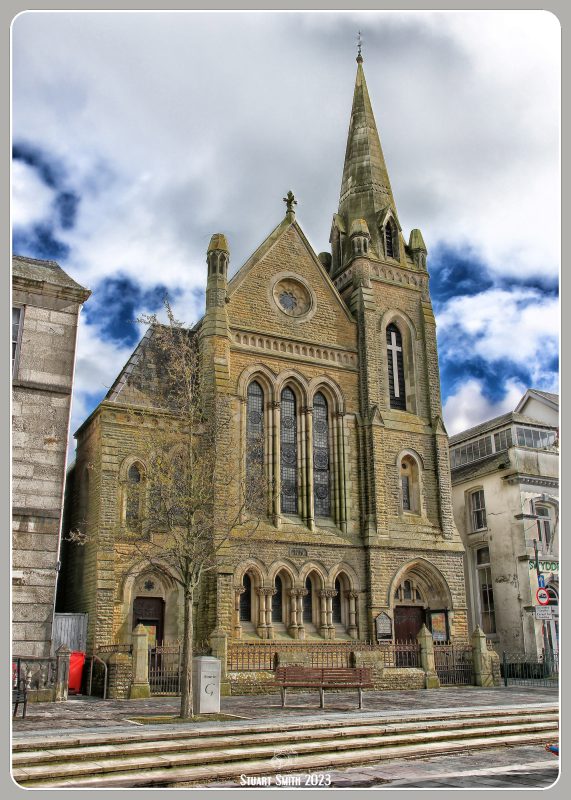







 Front Entrance, Caernarfon Castle, Castle Ditch, Caernarfon, Gwynedd, Wales UK
Front Entrance, Caernarfon Castle, Castle Ditch, Caernarfon, Gwynedd, Wales UK








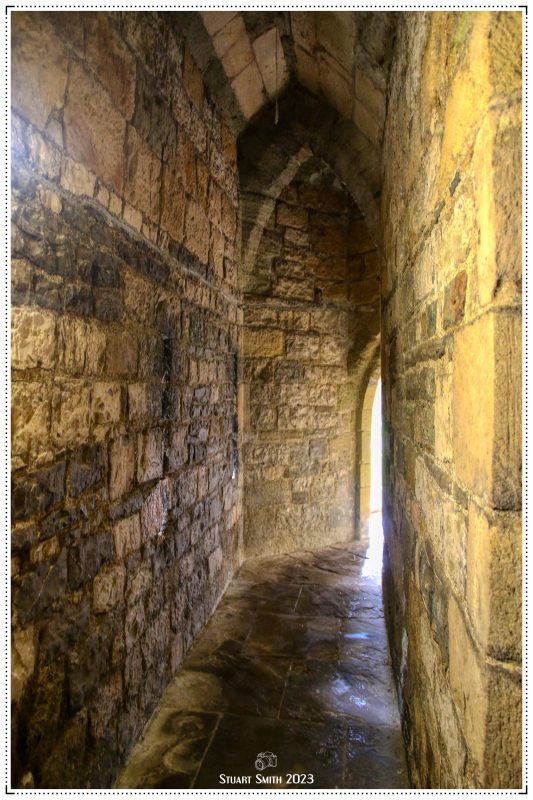












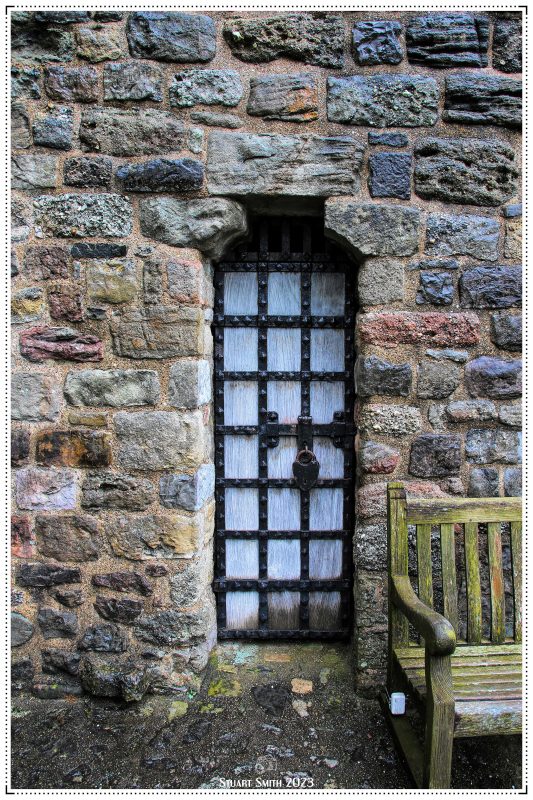

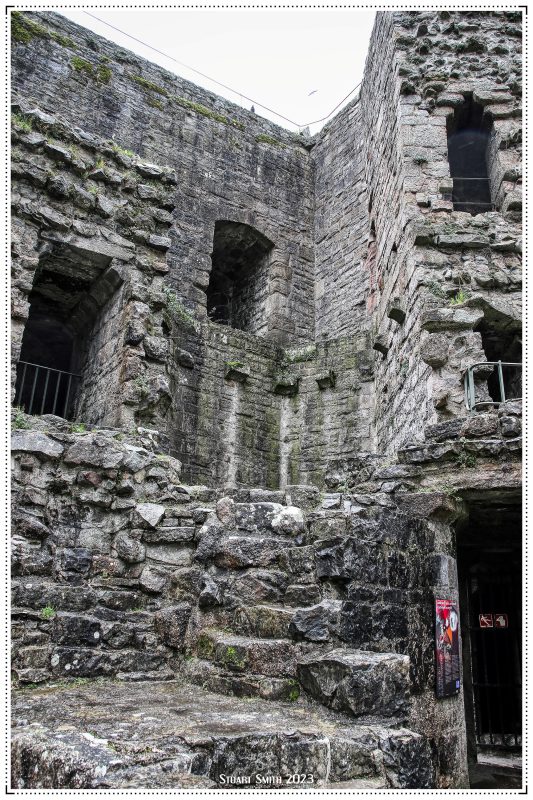












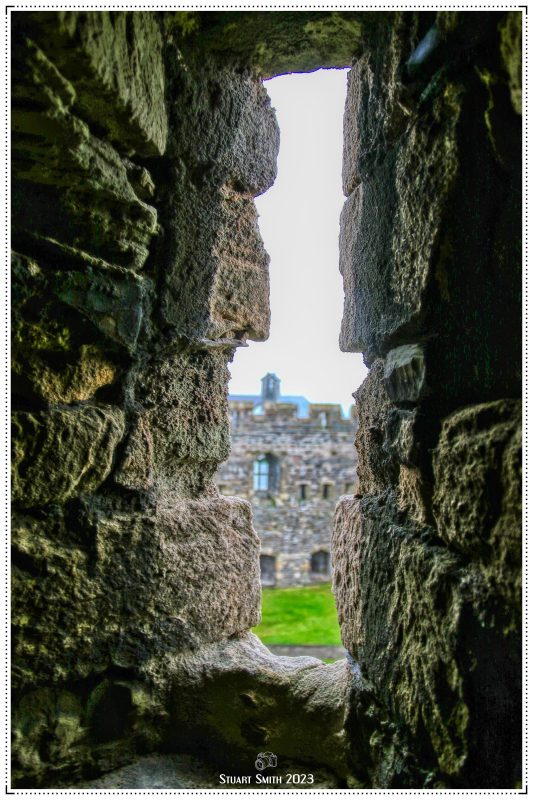








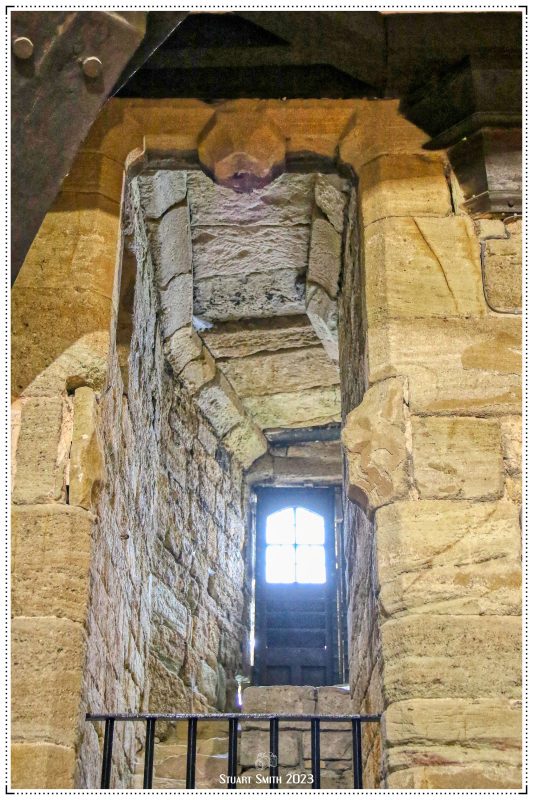
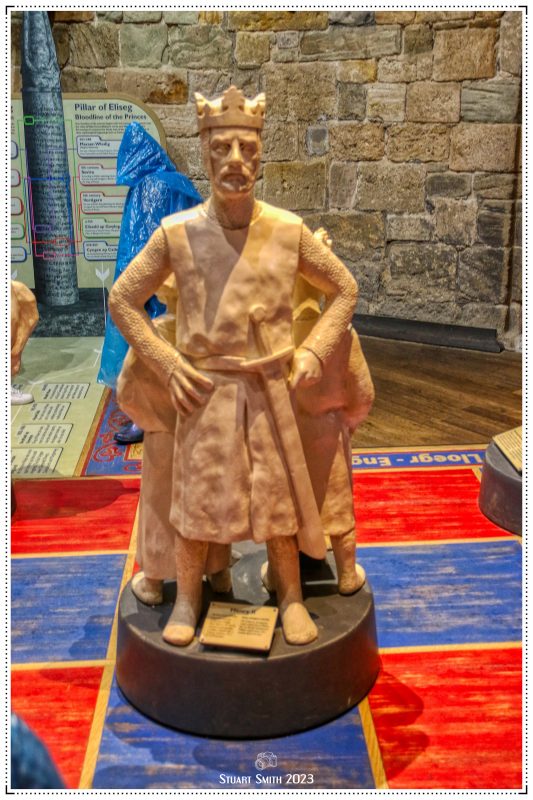


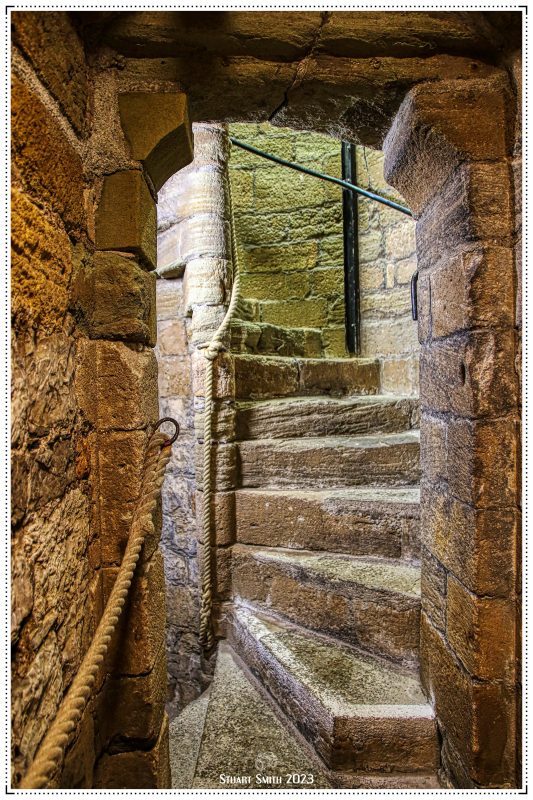







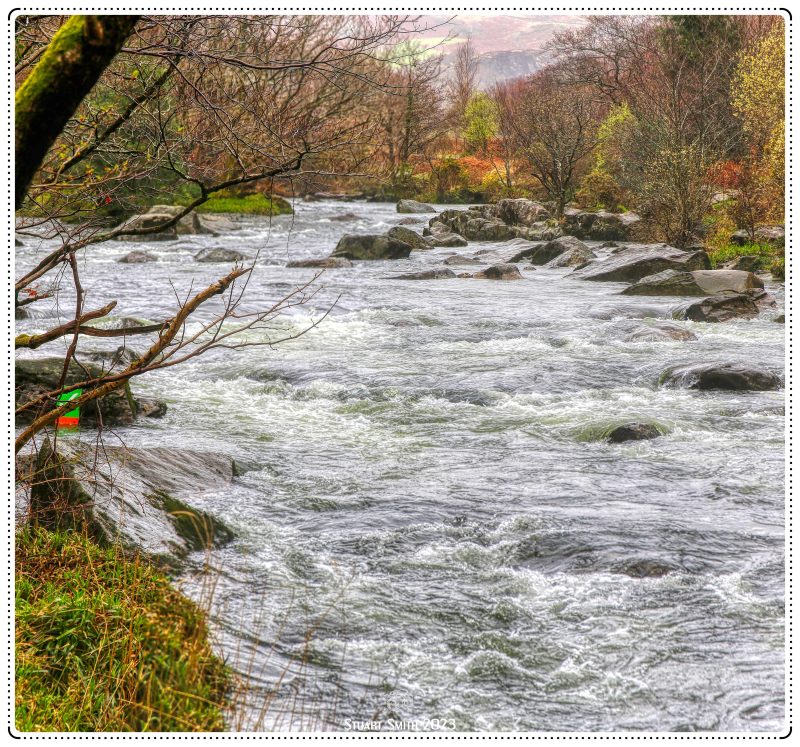













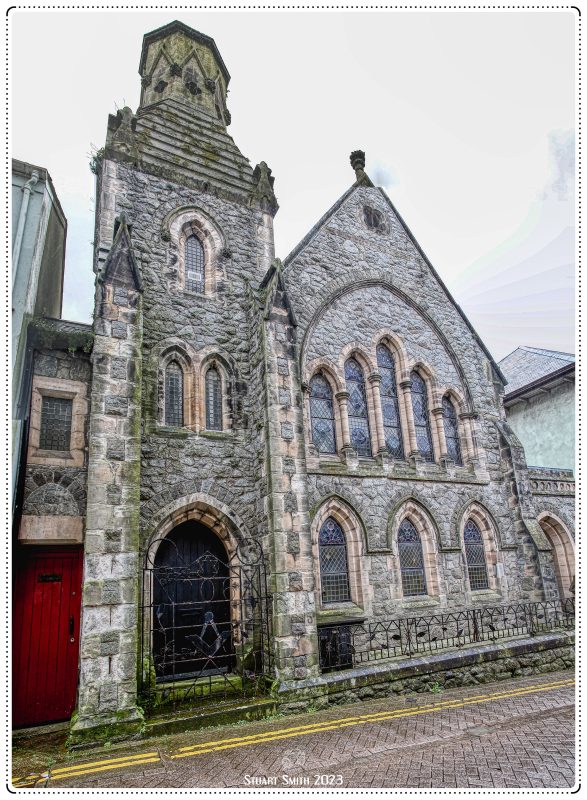


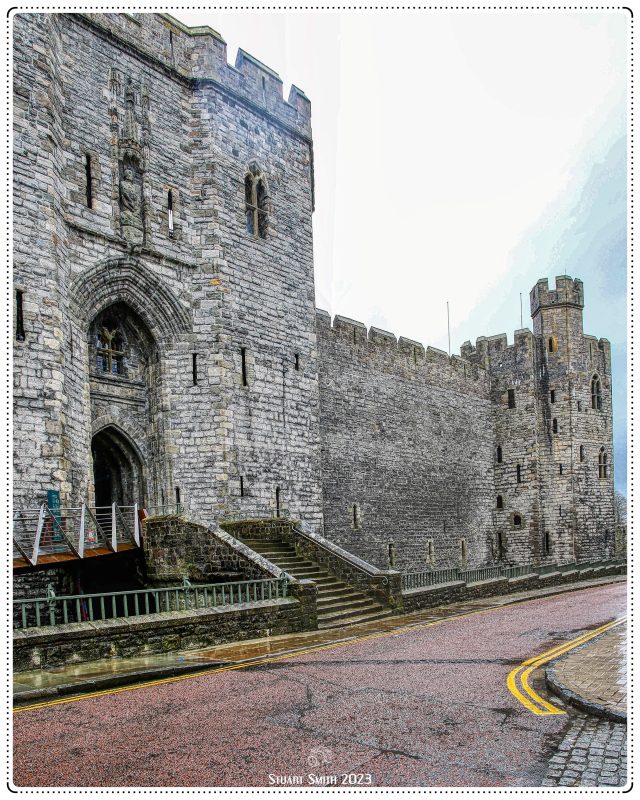










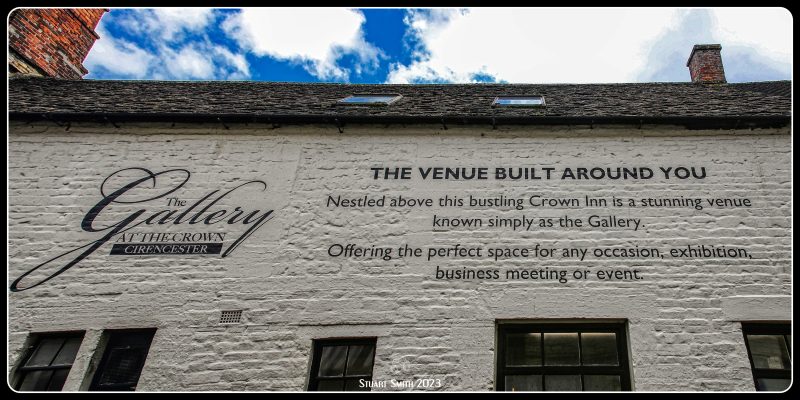
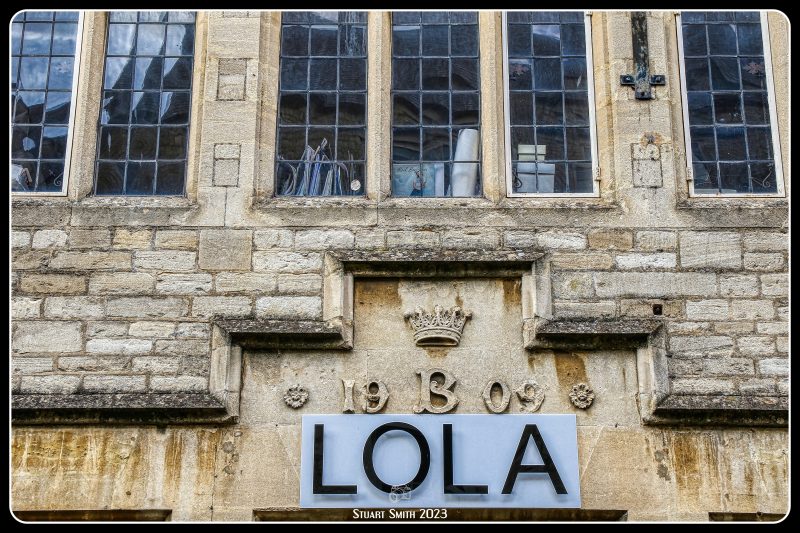
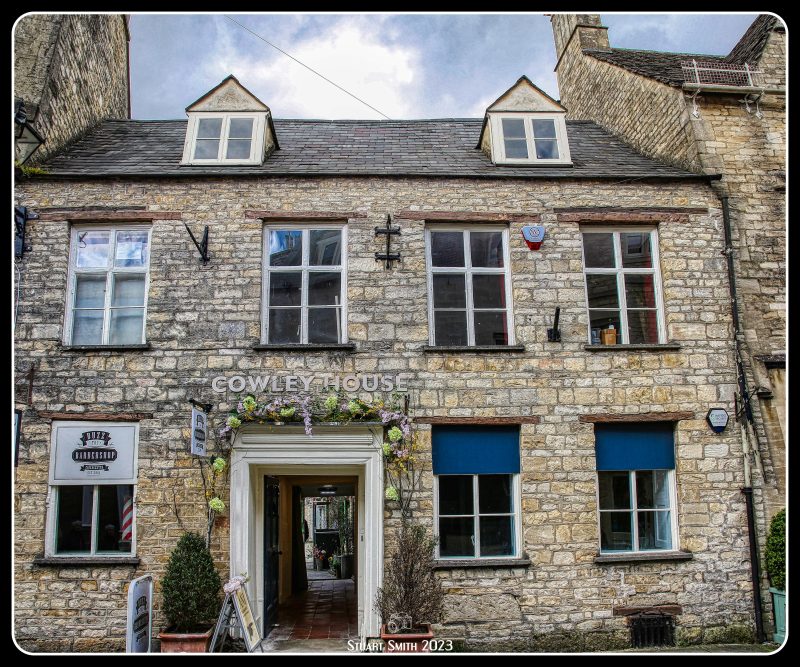






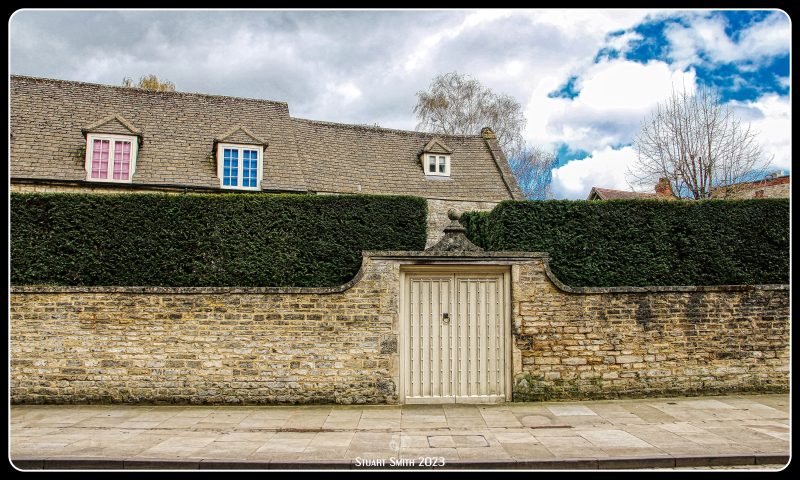

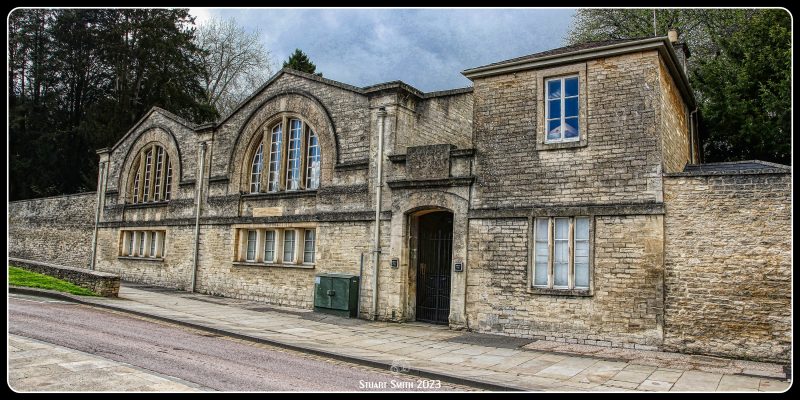




 The Butter Market, Market Street, Hay-On-Wye, Powys, Wales UK
The Butter Market, Market Street, Hay-On-Wye, Powys, Wales UK







